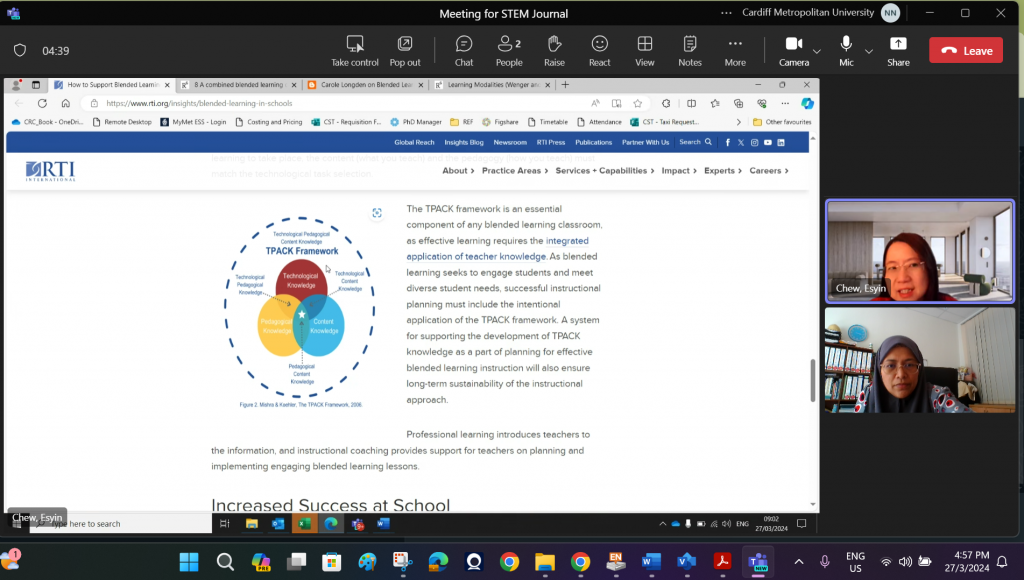
Month: March 2024
Tech Talk 2024/1: The AT&S Story
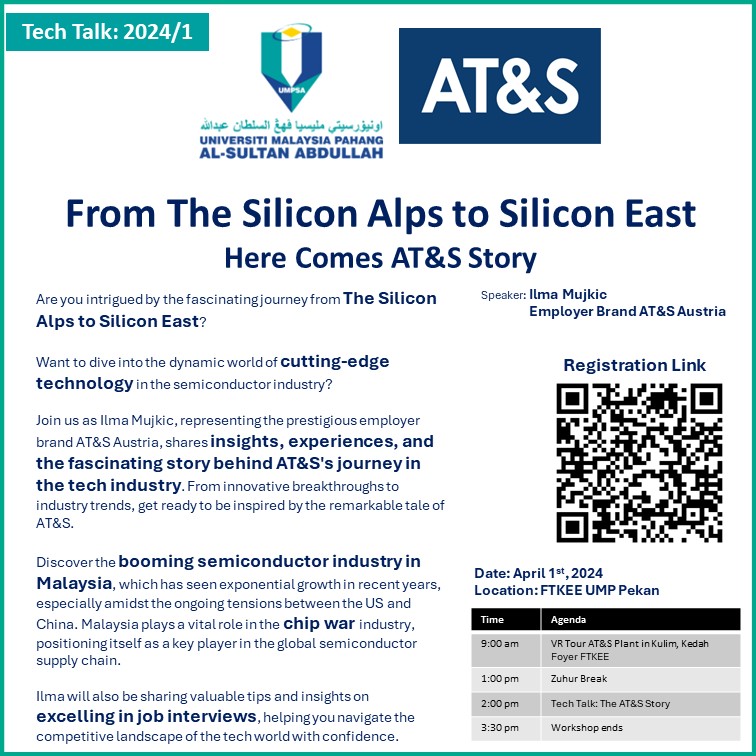

InSyaAllah on April 1st, 2024, Monday, there will be a sharing session by AT&S. Scheduled activities include:
- VR exhibition of AT&S Kulim plant (FTKEE Foyer)
- Tech Talk titled- From The Silicon Alps to Silicon East Here Comes AT&S Story (DK3)
A little update about the semiconductor industry in Malaysia:-
1 – The semiconductor industry in Malaysia has seen exponential growth in recent years, especially amidst the ongoing tensions between the US and China. Malaysia plays a vital role in the chip war industry, positioning itself as a key player in the global semiconductor supply chain.
2 – AT&S was the largest recent investor in Malaysia in 2023 with an investment of RM8.5 billion.
3 – Although the semiconductor sector in Malaysia is experiencing rapid growth, we are still facing challenges with talent shortages. Engineers are particularly in demand, constituting 65% of talent shortages. Initiatives like the New Industrial Master Plan (NIMP) 2030 aim to address this by fostering local talent in areas like IC design and engineering.
[1] https://www.ft.com/content/4e0017e8-fb48-4d48-8410-968e3de687bf
[3] https://www.mida.gov.my/empowering-talent-development-for-malaysias-thriving-ee-industry/
Join us in this talk to gain insights, experiences, and the fascinating story behind AT&S’s journey in the tech industry. From innovative breakthroughs to industry trends, get ready to be inspired by the remarkable tale of AT&S.
See you all soon.
Thank you and salam Nuzul Quran.
Discussion Module for TTT Vision on Robot
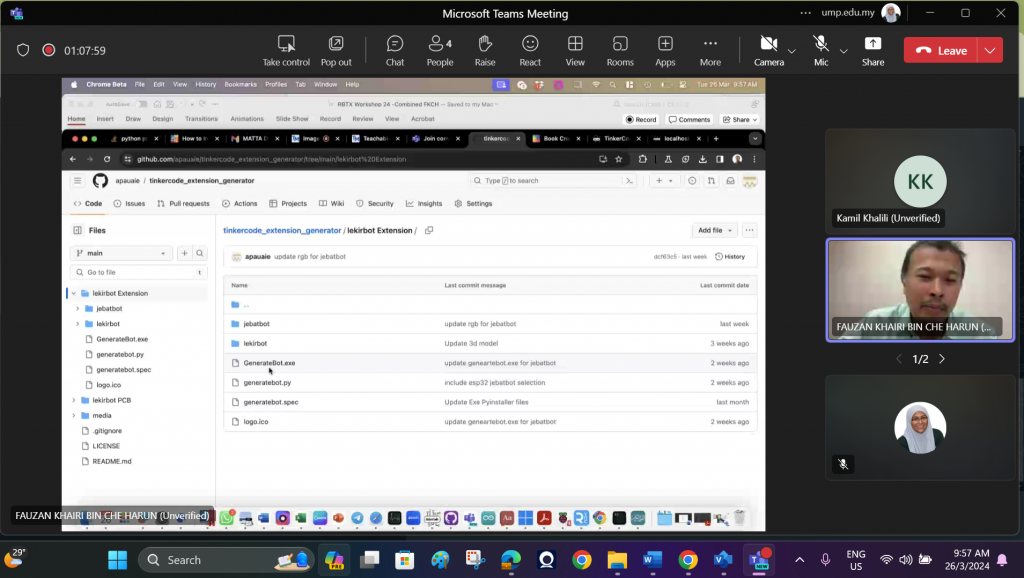

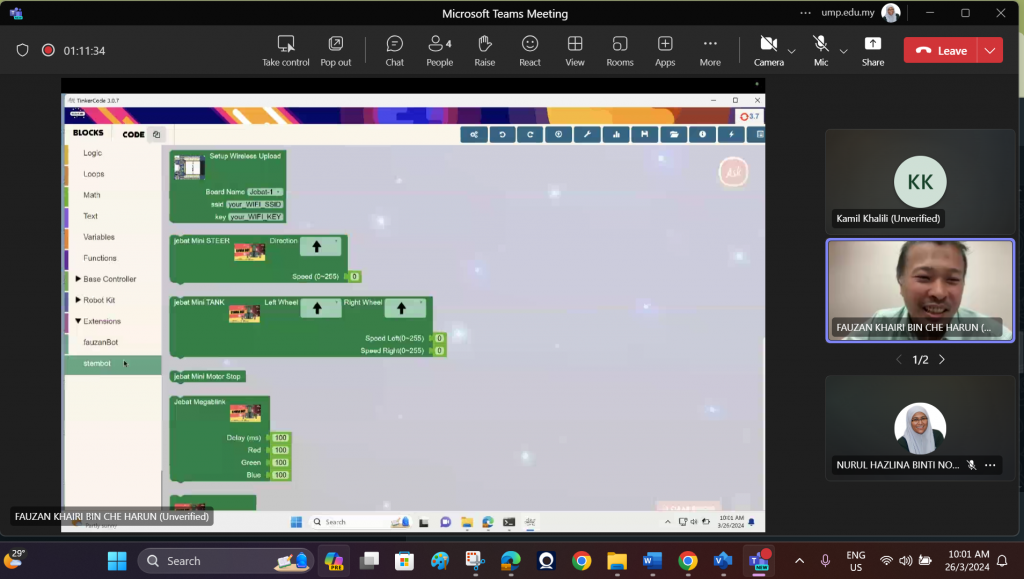

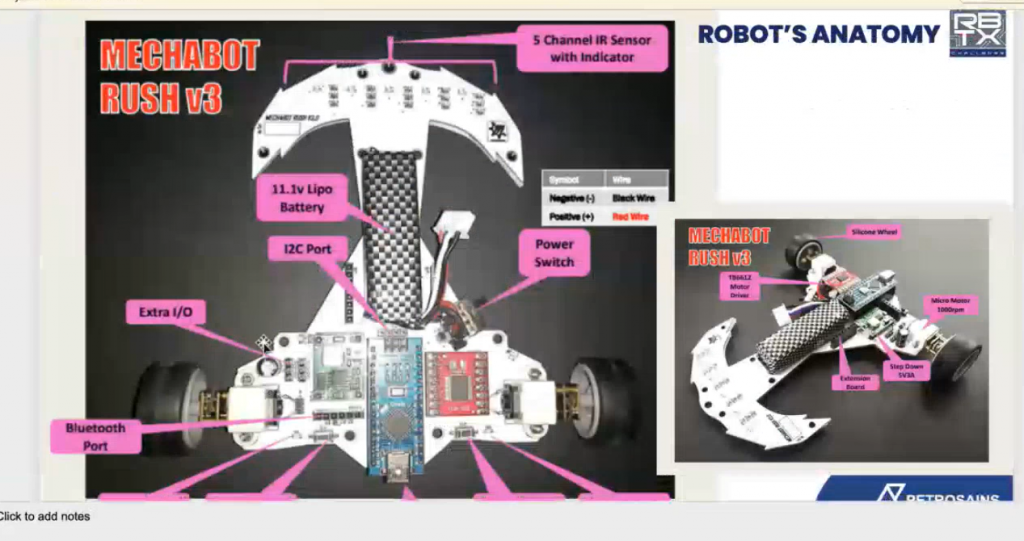
BTE3232 – CSD Lab – SSB Modulation / Demodulation
Before going into the practical aspects of our lab assignment, let’s take a recap the significance of passband in the context of these modulation techniques.
Modulation Techniques

While digital modulation techniques dominate contemporary communication systems, our focus in BTE3233 remains on analog carrier modulation techniques. These techniques, steeped in tradition, offer invaluable insights into the evolution of modern modulation methods.
SSB and DSB Modulation
SSB and DSB modulation techniques offer unique advantages over traditional Amplitude Modulation (AM) and Frequency Modulation (FM) methods. Despite the widespread adoption of AM and FM in various communication applications, SSB and DSB modulation techniques continue to hold relevance due to their efficient utilization of passband.
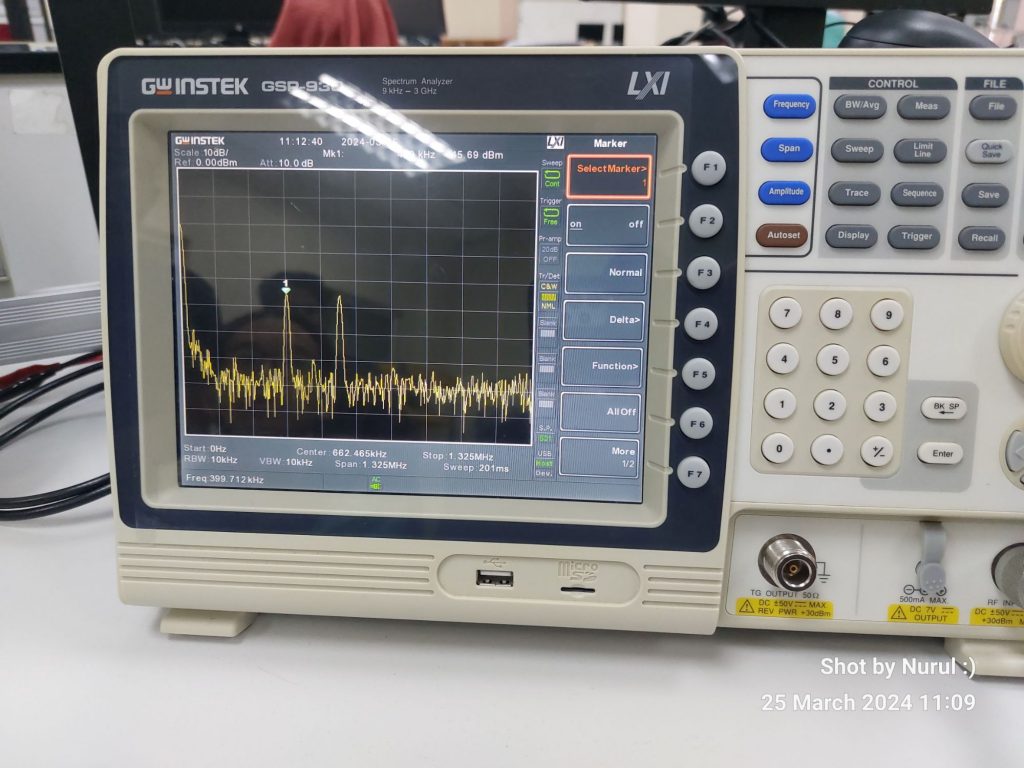
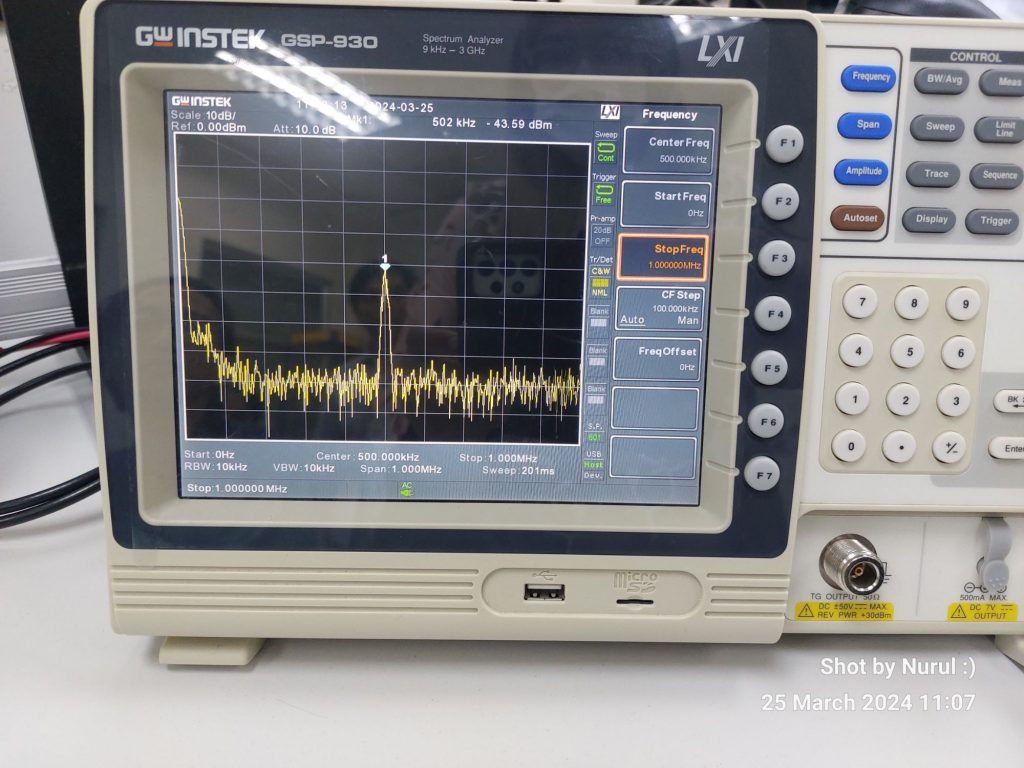
In the frequency spectrum, Single Sideband (SSB) modulation exhibits a distinctive characteristic compared to traditional Amplitude Modulation (AM). Unlike AM, which transmits both sidebands along with the carrier signal, SSB modulation only transmits either the upper sideband (USB) or the lower sideband (LSB) along with the carrier. As a result, SSB modulation effectively utilizes half of the bandwidth required by AM, leading to enhanced spectral efficiency.
In the frequency domain, SSB modulation produces a spectrum with a single sideband extending from either side of the carrier frequency, with the other sideband and the carrier suppressed. This concentrated spectral distribution enables SSB signals to occupy a narrower bandwidth, making them ideal for conserving precious frequency resources while maintaining signal integrity. During demodulation, the suppressed sideband is effectively reconstructed, ensuring faithful reproduction of the original message signal. Thus, in the frequency spectrum, SSB modulation and demodulation techniques showcase a streamlined and efficient utilization of frequency resources, paving the way for optimized communication system design.
Advantages of SSB and DSB Modulation
- Enhanced Bandwidth Utilization: SSB and DSB modulation techniques optimize spectral efficiency by transmitting either one sideband (SSB) or both sidebands (DSB) along with the carrier. This efficient use of bandwidth ensures optimal utilization of the passband, making these techniques ideal for bandwidth-limited communication channels.
- Power Efficiency: By eliminating redundant components such as the carrier and one sideband (in the case of SSB), these modulation techniques enhance power efficiency during transmission. This translates to improved signal-to-noise ratio and reduced power consumption, contributing to overall system performance.
- Reduced Interference: SSB and DSB modulation techniques minimize interference with adjacent channels by transmitting only essential spectral components within the passband. This reduction in interference enhances signal clarity and reception quality, particularly in environments with high spectral congestion.
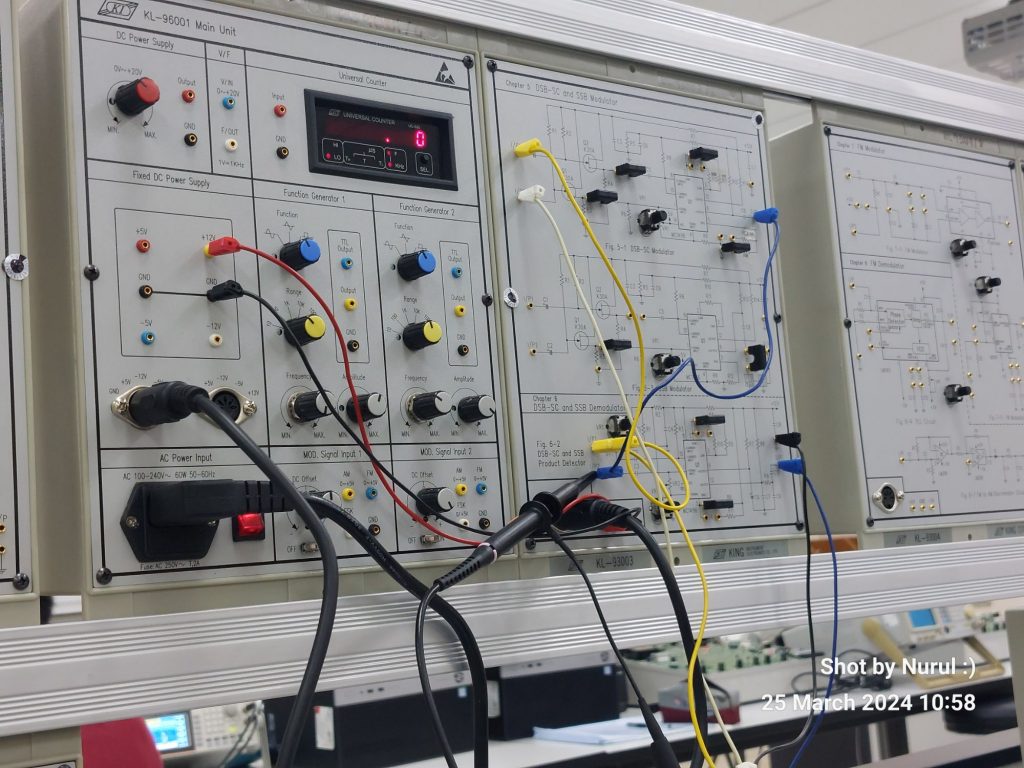
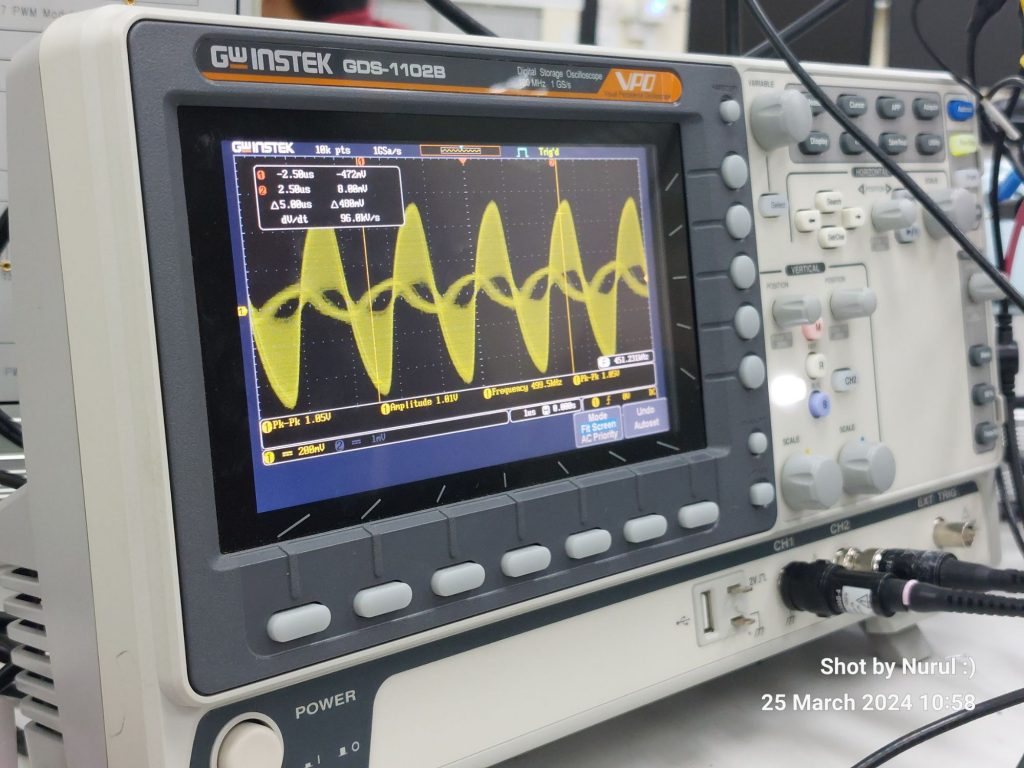
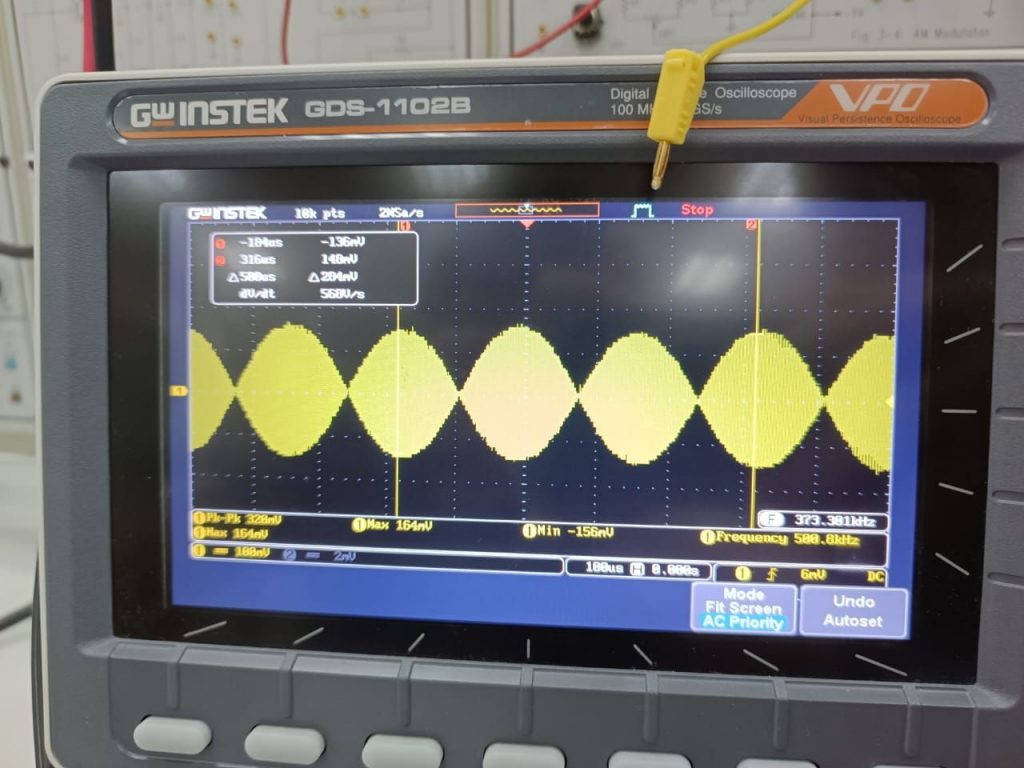
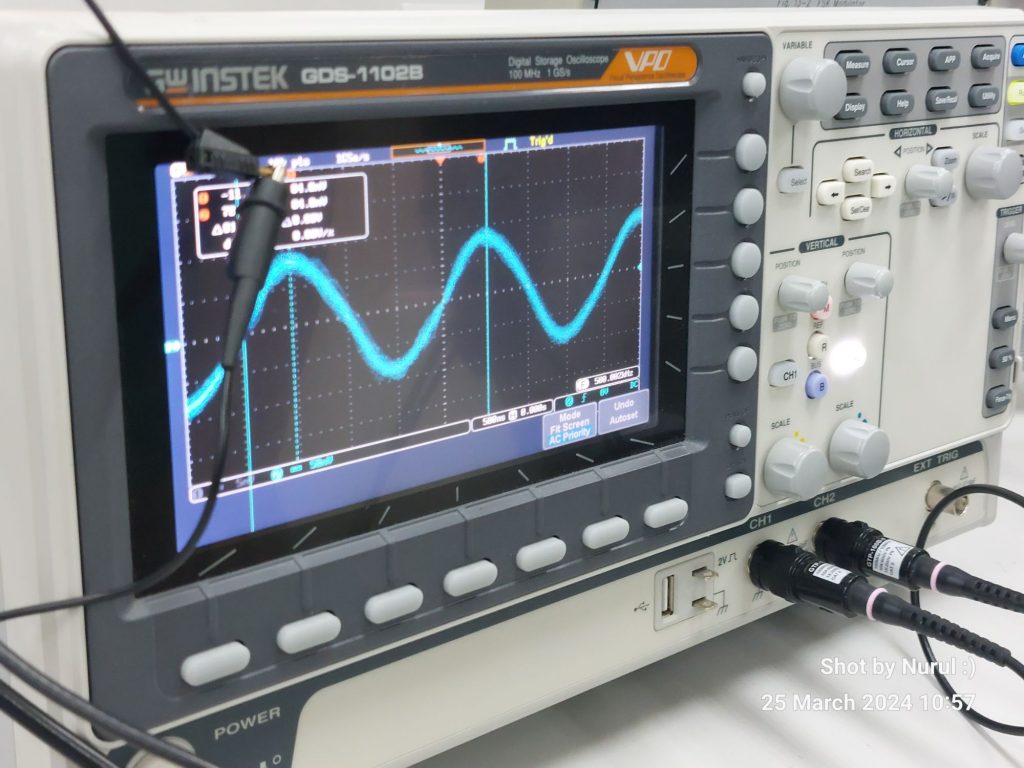

As we went through our lab assignment today focusing on SSB modulation and demodulation, it’s essential to recognize the pivotal role of passband in shaping the efficiency and effectiveness of these modulation techniques. Note that the advantages of SSB and DSB modulation, enable the possibility to design robust and efficient communication systems that thrive within the constraints of the passband.
Stay tuned for our upcoming lab session (FM Mod & Demodulation), where we’ll translate theory into practice and delve deeper into the practical implementation of Frequency Modulation and its demodulation techniques.
Get ready to explore the fascinating world of frequency-based communication, where signals dance across the spectrum with precision and clarity. Don’t miss out on this exciting opportunity to expand your skills and understanding in communication engineering. See you in the lab!
2024 TTT Workshop on Digital Making Skillsets

We’re kicking off our 2024 TTT Campaign with Arduino Robotics and Raspberry Pi IOT workshops.
Do join us for the excitement and networking in UMP STEM Lab !
BTE1522 – Innovation (Python) – Week 3 – Act 4 5

Hi BTE1522 Innovators,
As we progress further into our journey of Python game development, let’s recap on the activities that we did in Week 3. In today’s class, we delved deeper into the of game mechanics, focusing on creating enemies with dynamic behaviors and implementing collision detection and scoring systems.

Step 4 – Enemy Properties and Movements
This week, we stepped into the enemy creation. Through a series of challenges, we defined enemy characters and choreograph their behaviors using control flow concepts. By employing loops and conditional statements, we created enemy movement patterns and characteristics. This step not only serve as a platform to practice your programming skills but also sparked our creativity as we brought our enemies to life within the game world.


Step 5 – Collision Detection & Scoring
With enemies ‘falling from sky’, the next challenge was to implement collision detection and scoring systems. Through careful application of control flow concepts, we simulated gravity and regulated the descent rate of falling enemies. Additionally, we developed algorithms to detect collisions between the player character and enemy entities, adding a layer of excitement and challenge to our game. Here, we compared the position of enemy and player to define collision.

As we fine-tuned our collision detection mechanisms, we celebrated each successful collision as validation that our code was correctly programmed. This step not only enhanced the gameplay experience but also sharpened our problem-solving skills as we navigated through the complexities of game development. The satisfaction of overcoming challenges and witnessing the seamless interaction between game elements served as motivation to push further in our Slider Game development journey.
Python Concepts
Throughout today’s activities, we reinforced essential Python concepts, including operators and expressions, strings, functions, and control flow. By applying these concepts in the context of game development, we deepened our understanding and appreciation for their versatility and practical applications. From manipulating enemy properties to orchestrating complex game mechanics, our Python skills continue to evolve, empowering us to tackle increasingly sophisticated challenges.
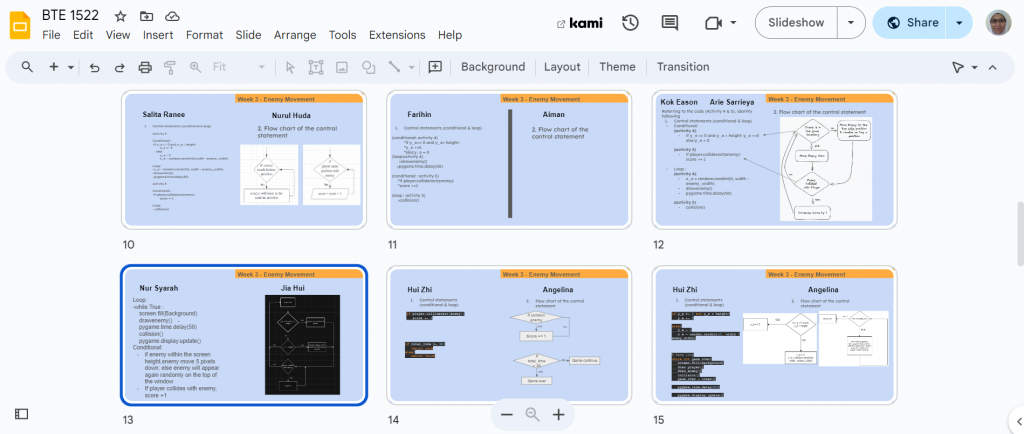
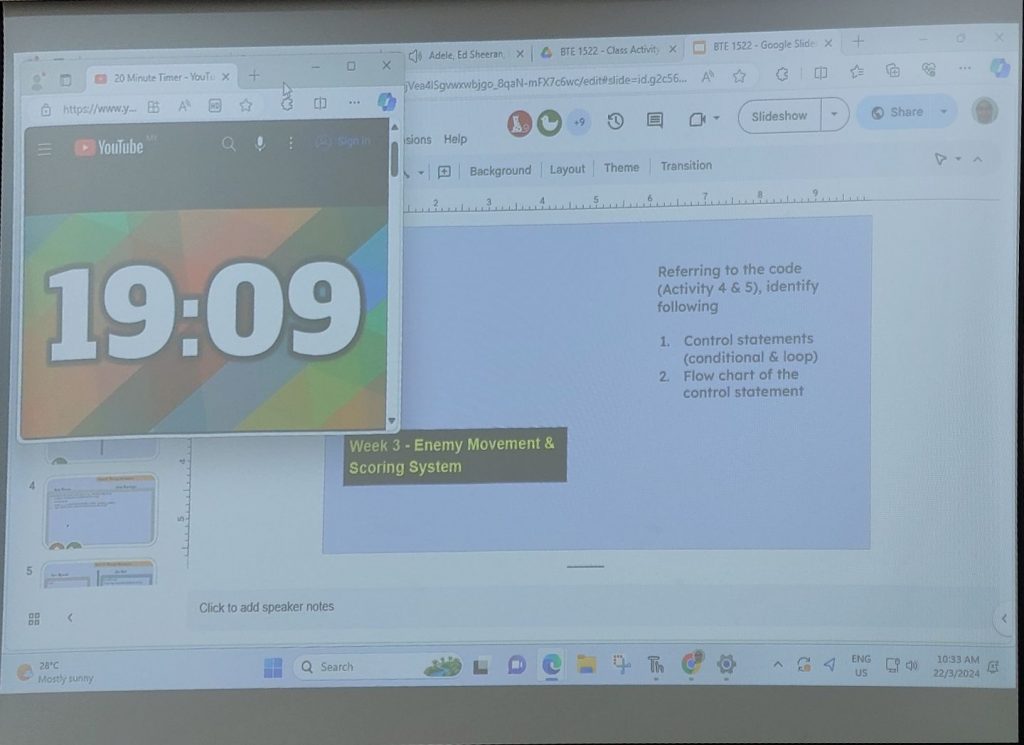
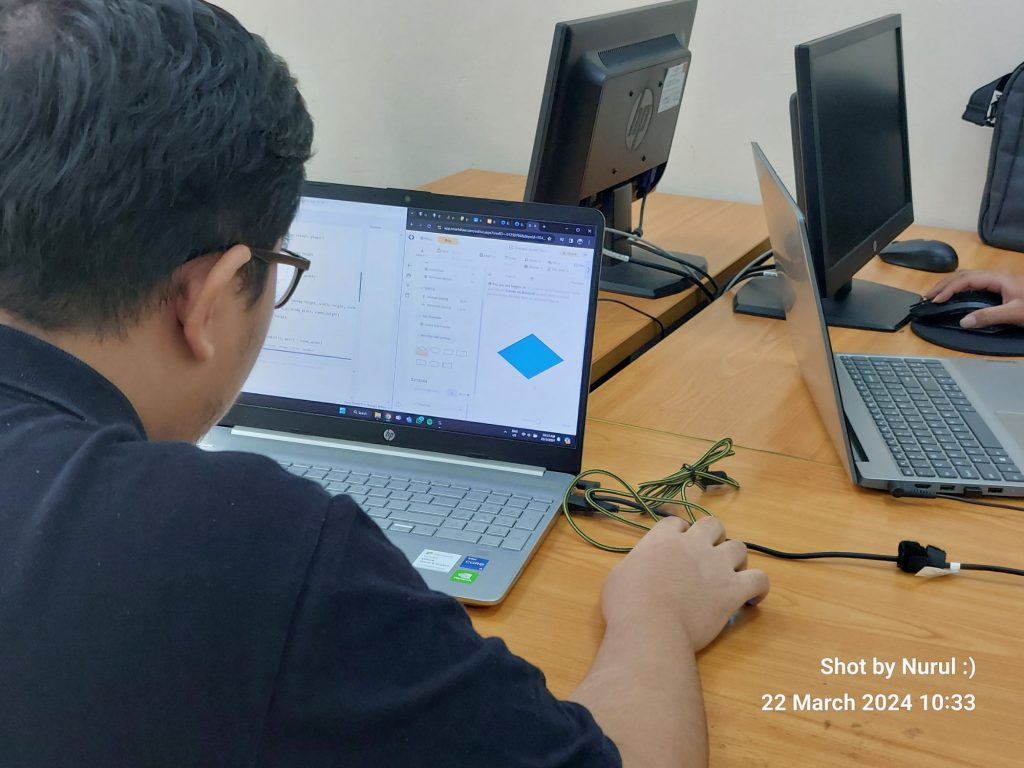
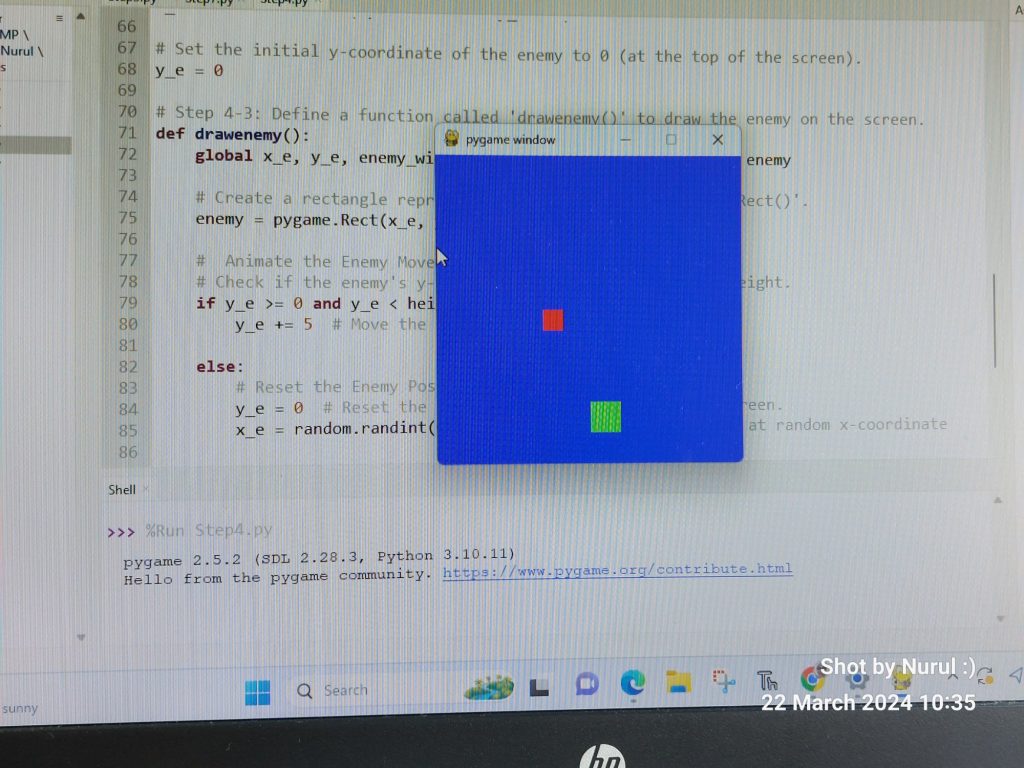
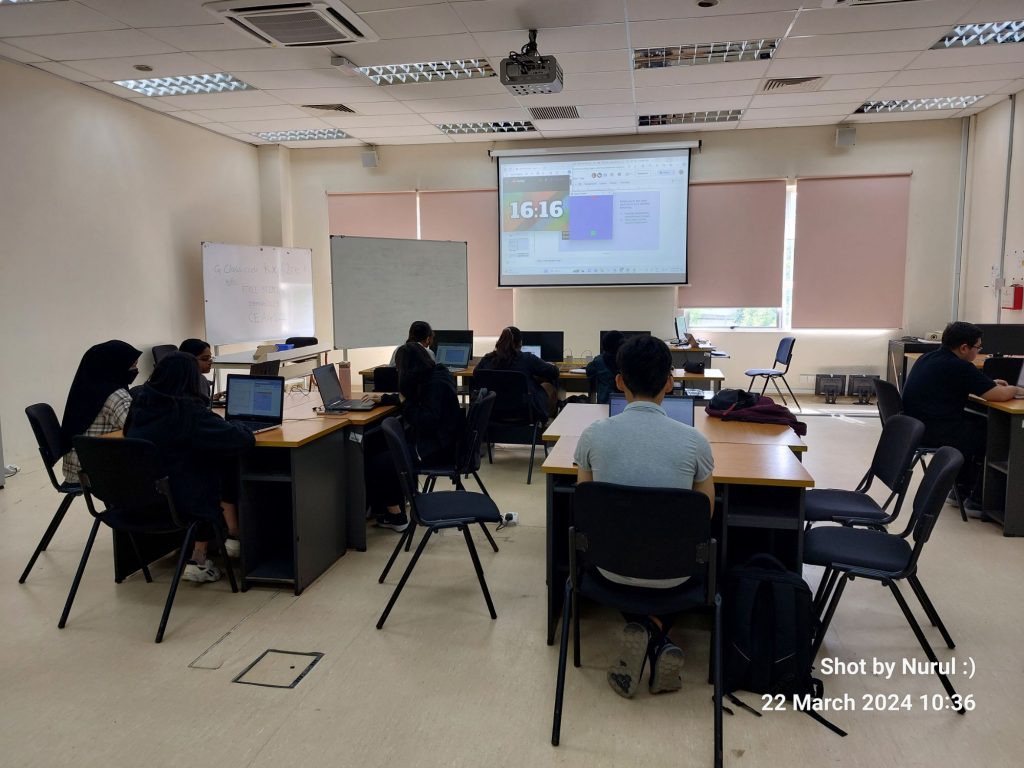
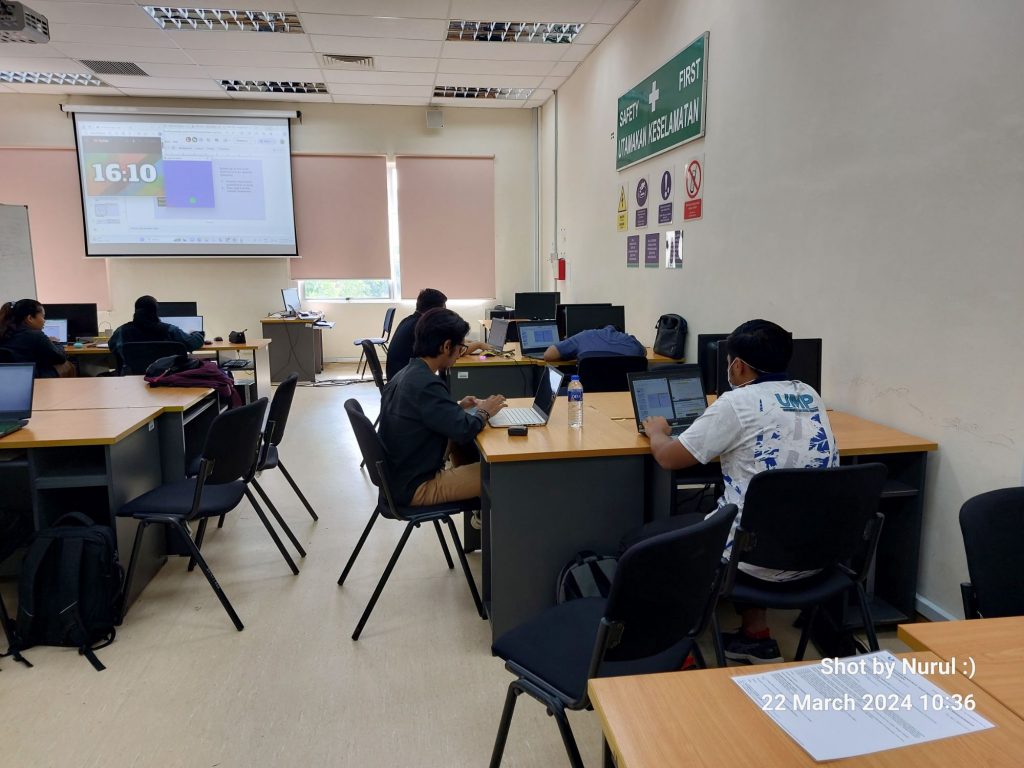
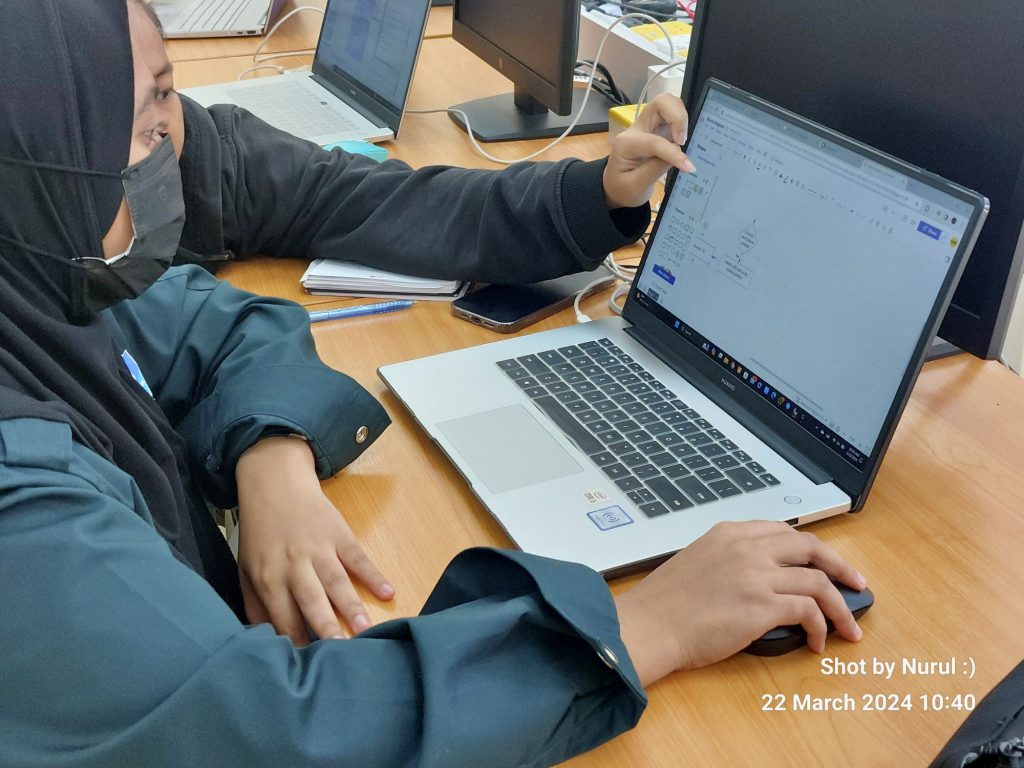
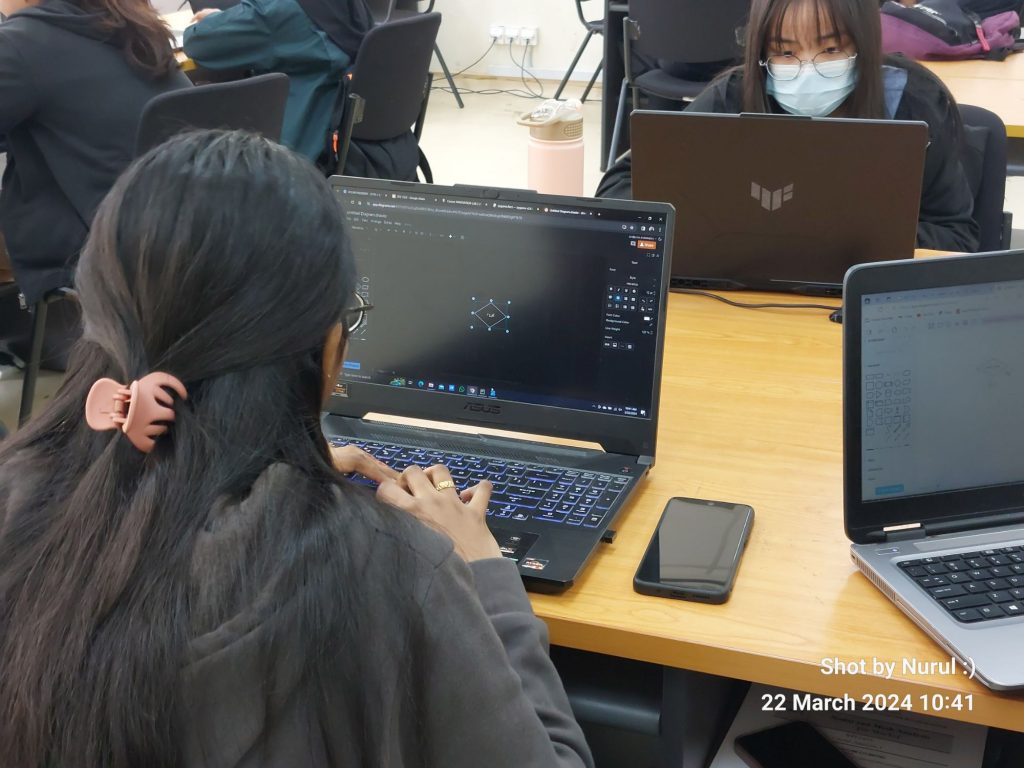

Looking Ahead
As we reflect on the accomplishments of today’s class, let’s look forward to the endless possibilities that lie ahead. With each line of code we write and each challenge we overcome, we inch closer to realizing our vision for our Python game masterpiece. As we continue to explore advanced game mechanics and unleash our creativity, let’s embrace the journey with enthusiasm and determination.
Stay tuned for more exciting adventures as we continue to push the boundaries of Python game development in BTE1522 Innovation.

PSAD Presentation


Discussion STEER 2024
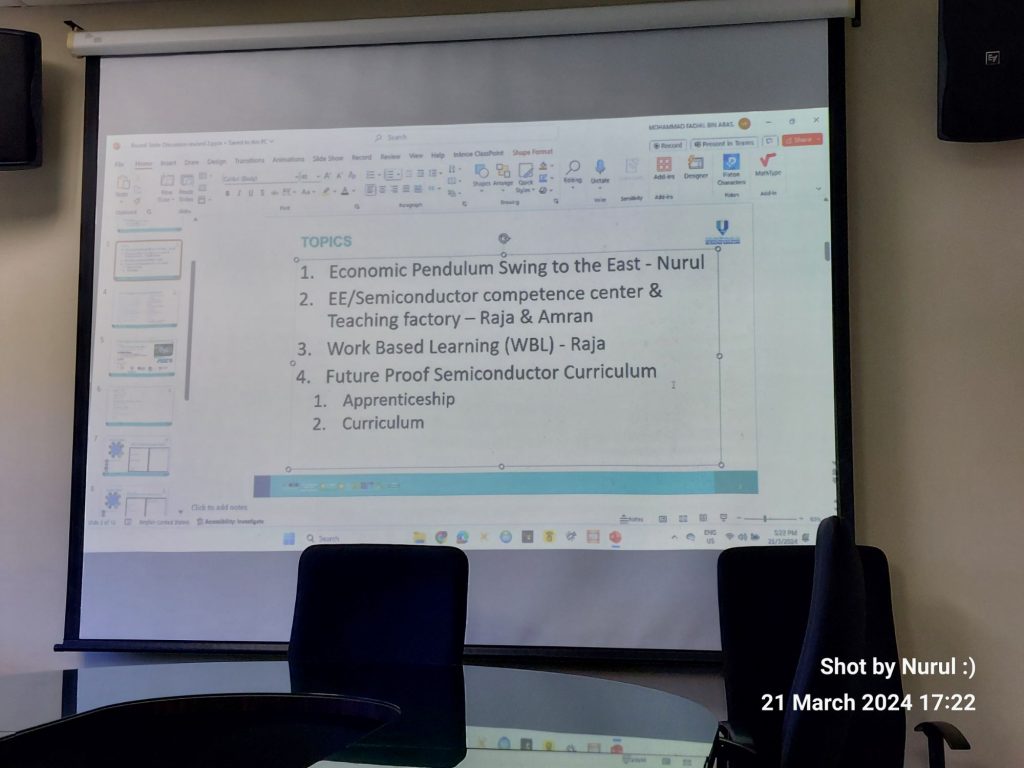
2024/2: STEM Career Talk MTE @Petrosains Playsmart – Electrifying Sustainability: The Role of Electrical and Electronics Engineering in Eco-Friendly Solutions

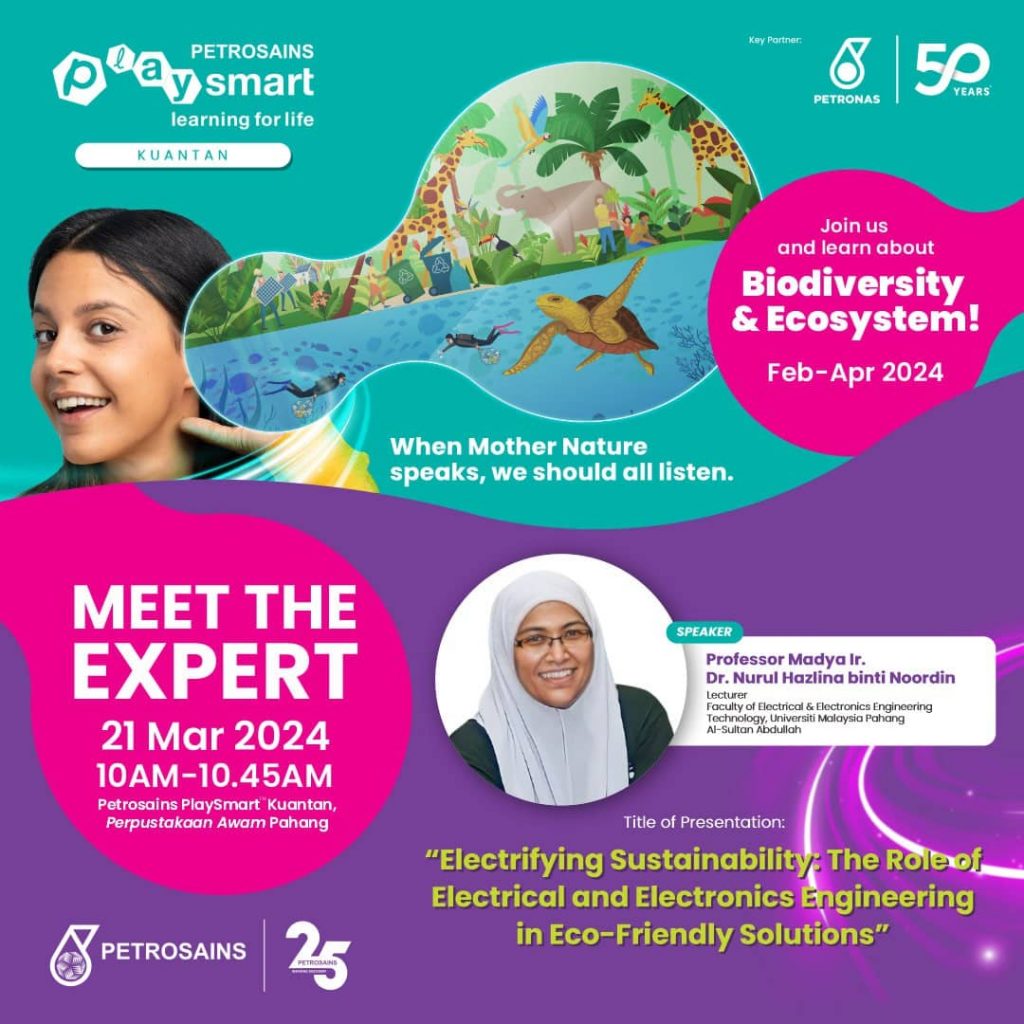
Electrifying Sustainability: The Role of Electrical and Electronics Engineering in Eco-Friendly Solutions
I had the privilege of presenting at Petrosains PlaySmart Kuantan today, thanks to Rau and Zahida, engaging with bright minds from Form 4 and Form 5 from SK Paya Besar. Our topic of discussion? “Electrifying Sustainability: The Role of Electrical and Electronics Engineering in Eco-Friendly Solutions.” It was an exhilarating experience, delving into how technology intertwines with sustainability, especially for Malaysia’s budding engineers and environmental enthusiasts.
Understanding Sustainability – Before delving into the details of electrical and electronics engineering, it’s crucial to understand the essence of sustainability. Sustainability entails preserving our planet’s resources for future generations, striking a delicate balance between environmental preservation, economic growth, and societal well-being. For Malaysia, a country blessed with natural beauty and biodiversity, sustainability is not merely a buzzword but a pressing necessity for our continued prosperity.
The Role of Electrical and Electronics Engineering lies at the heart of modern technological advancements. It’s the driving force behind innovations that shape our world, from renewable energy solutions to smart infrastructure. In Malaysia, where environmental conservation is paramount, electrical and electronics engineering plays a pivotal role in crafting eco-friendly solutions tailored to our unique challenges.
Renewable Energy Sources – One of the most prominent areas where electrical engineering intersects with sustainability is in harnessing renewable energy sources. Malaysia boasts abundant sunlight, wind, and hydro resources, making it ripe for renewable energy production. Through solar panels, wind turbines, and hydroelectric dams, electrical engineers contribute to reducing our reliance on fossil fuels and mitigating climate change impacts.
Solar energy, in particular, holds immense potential for Malaysia’s sustainable future. With its year-round sunshine, Malaysia can tap into solar power to generate clean electricity for homes, businesses, and remote communities. By leveraging solar panels and innovative technologies, electrical engineers pave the way for a brighter, greener tomorrow.
Malaysia’s coastal areas and highlands offer prime locations for wind energy generation. Wind turbines harness the power of the wind, converting it into renewable electricity. This sustainable solution not only reduces carbon emissions but also strengthens Malaysia’s energy independence and resilience.
Hydroelectric dams, such as Bakun and Murum, are integral to Malaysia’s energy landscape. By harnessing the kinetic energy of flowing water, hydroelectric power contributes significantly to our electricity supply. While it poses environmental challenges, careful planning and sustainable practices ensure that hydroelectric energy remains a vital component of Malaysia’s energy mix.
Efficient energy storage is essential for maximizing the potential of renewable energy sources. Electrical engineers pioneer advancements in battery technologies, enabling us to store excess energy and stabilize the grid. In Malaysia, these innovations facilitate the integration of renewables into our energy infrastructure, paving the way for a more sustainable energy ecosystem.
The electrification of transportation is another frontier where electrical engineering drives sustainability. Electric vehicles (EVs) offer a cleaner alternative to traditional combustion engine vehicles, reducing air pollution and greenhouse gas emissions. Through infrastructure development and battery technology advancements, electrical engineers propel Malaysia towards a greener, more sustainable transportation sector.
As I concluded my presentation at Petrosains PlaySmart, I couldn’t help but feel optimistic about the future. The enthusiasm and curiosity displayed by the Form 4 and Form 5 students reaffirmed my belief in the power of education and innovation. With electrical and electronics engineering at the forefront, Malaysia is poised to electrify sustainability, paving the way for a more resilient, eco-friendly future.
Thank you again Petrosains Playsmart for this wonderful session.
Let’s harness the power of technology to build a greener, more sustainable world for generations to come.
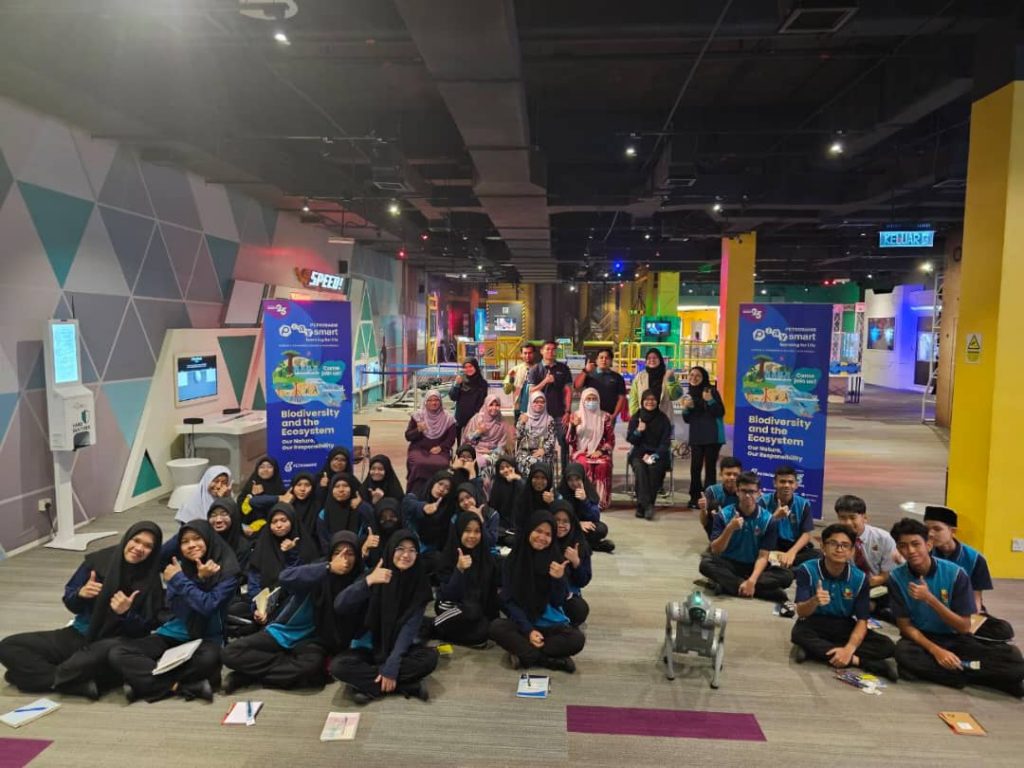
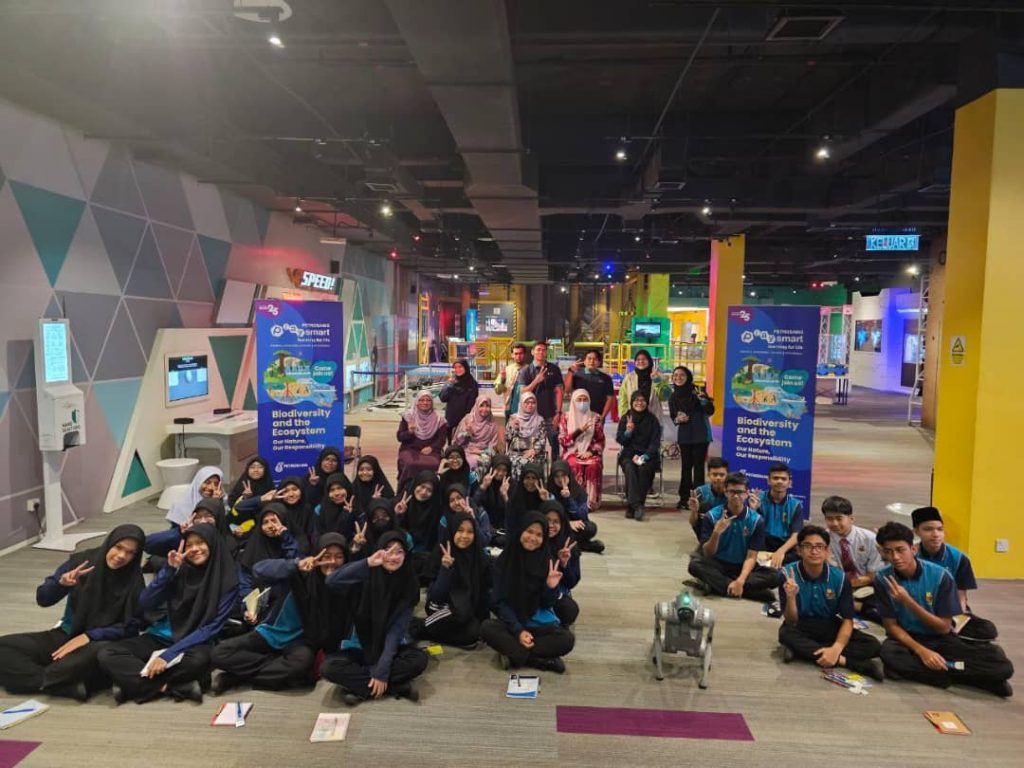


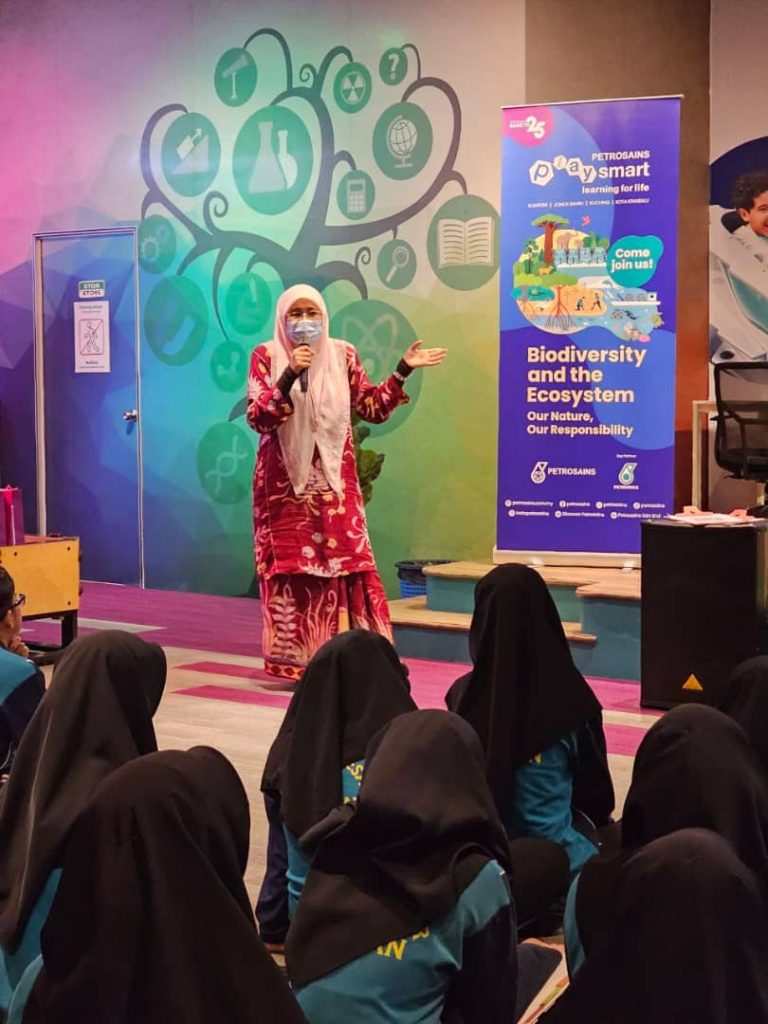

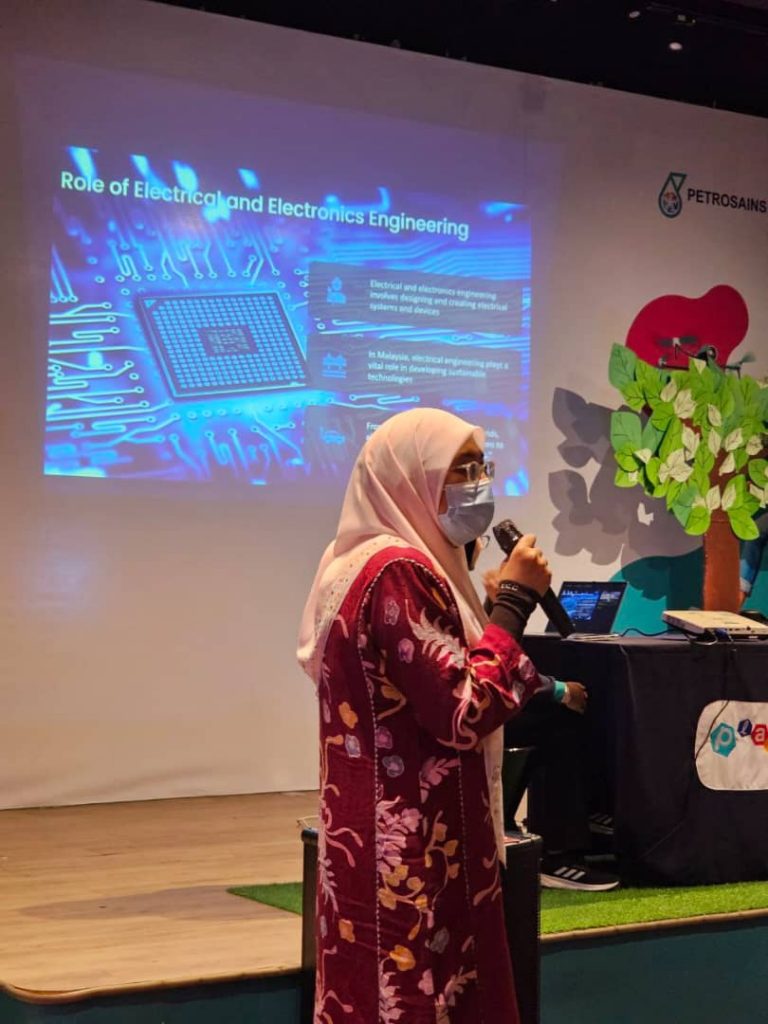
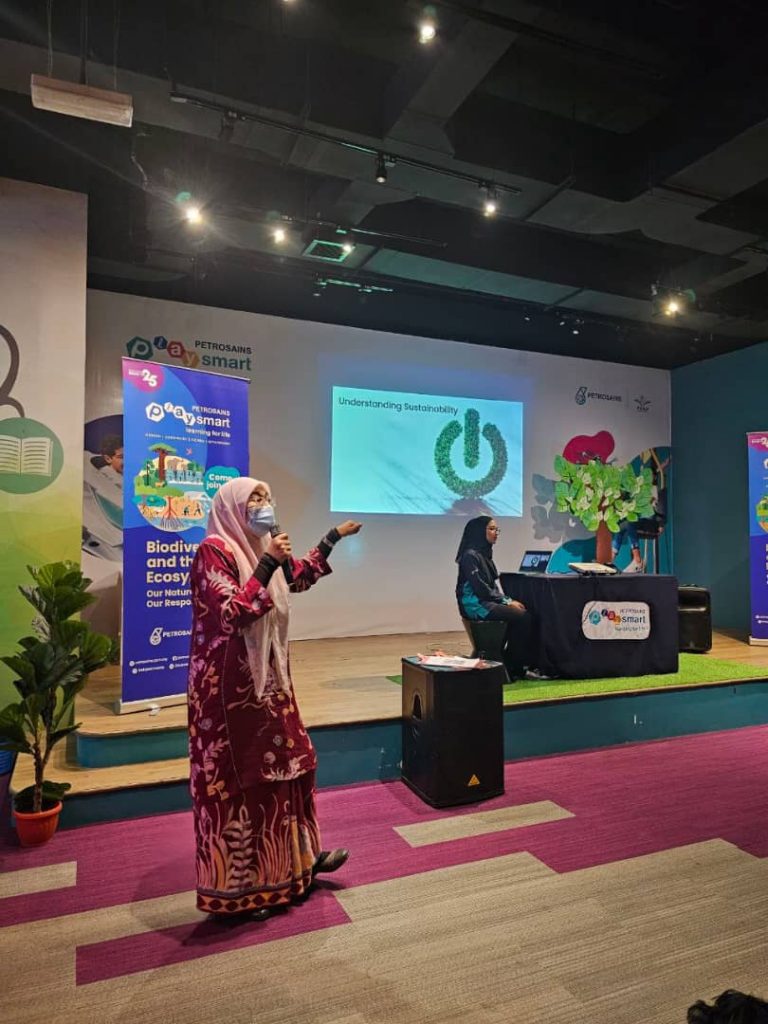
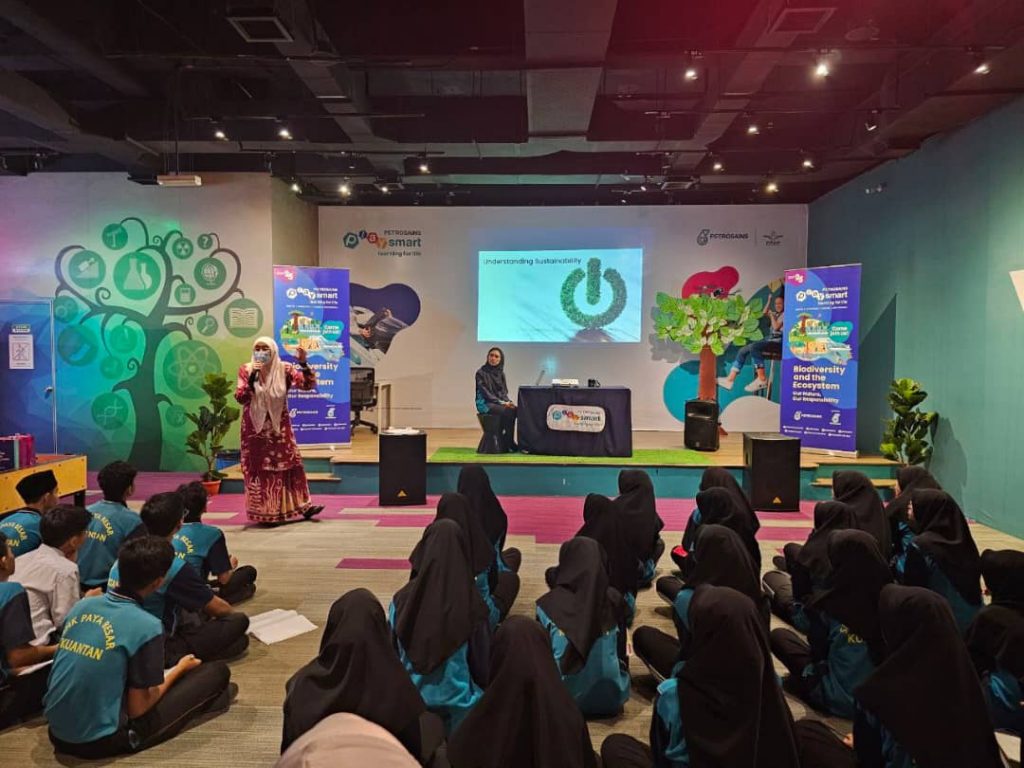
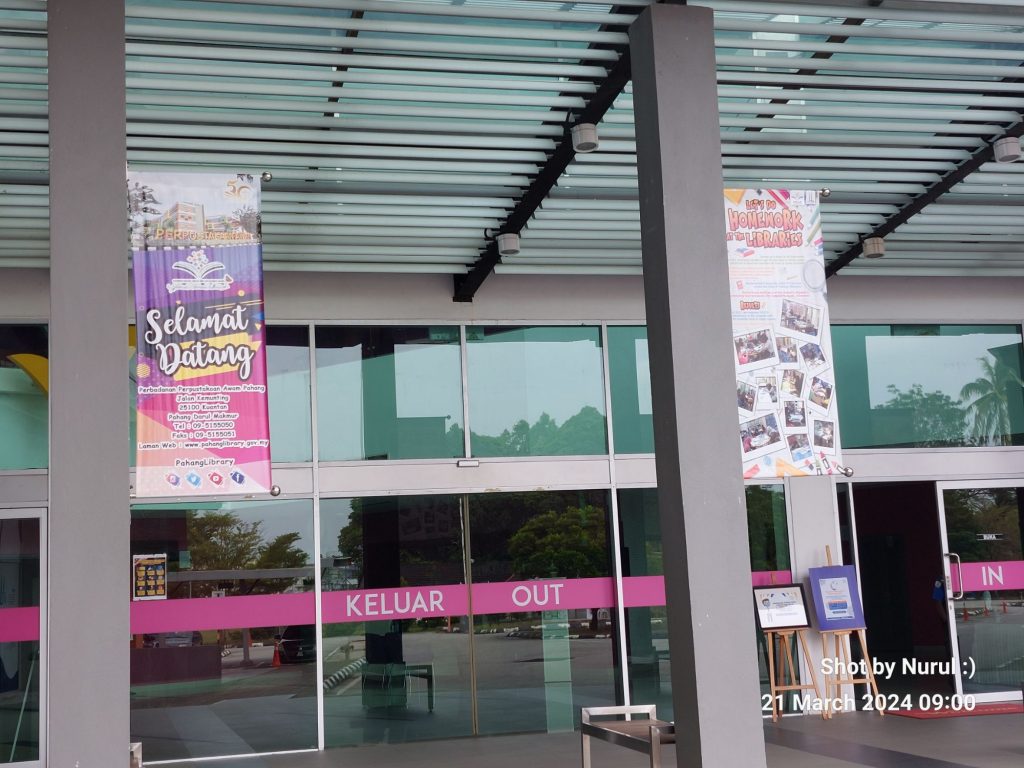
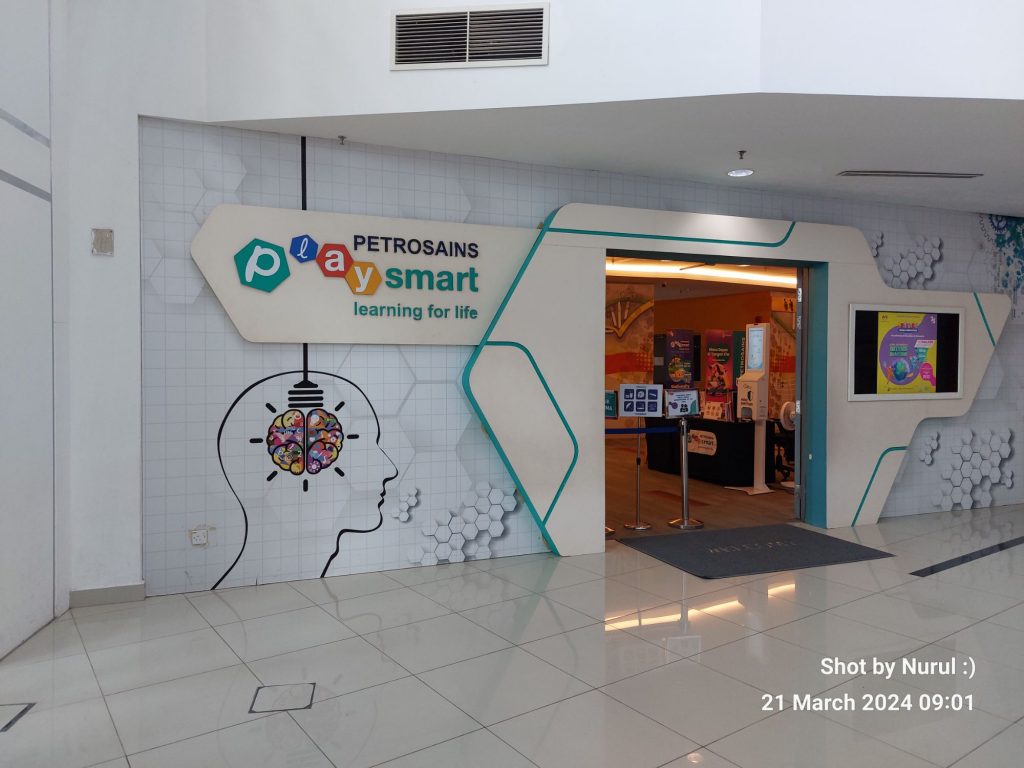
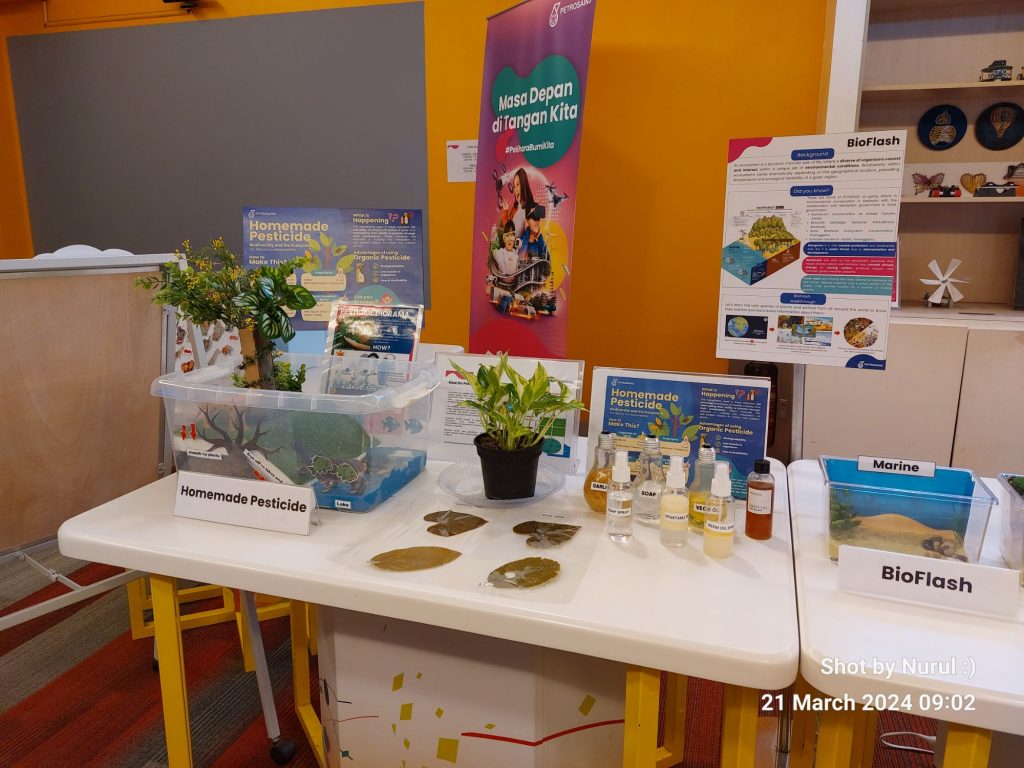
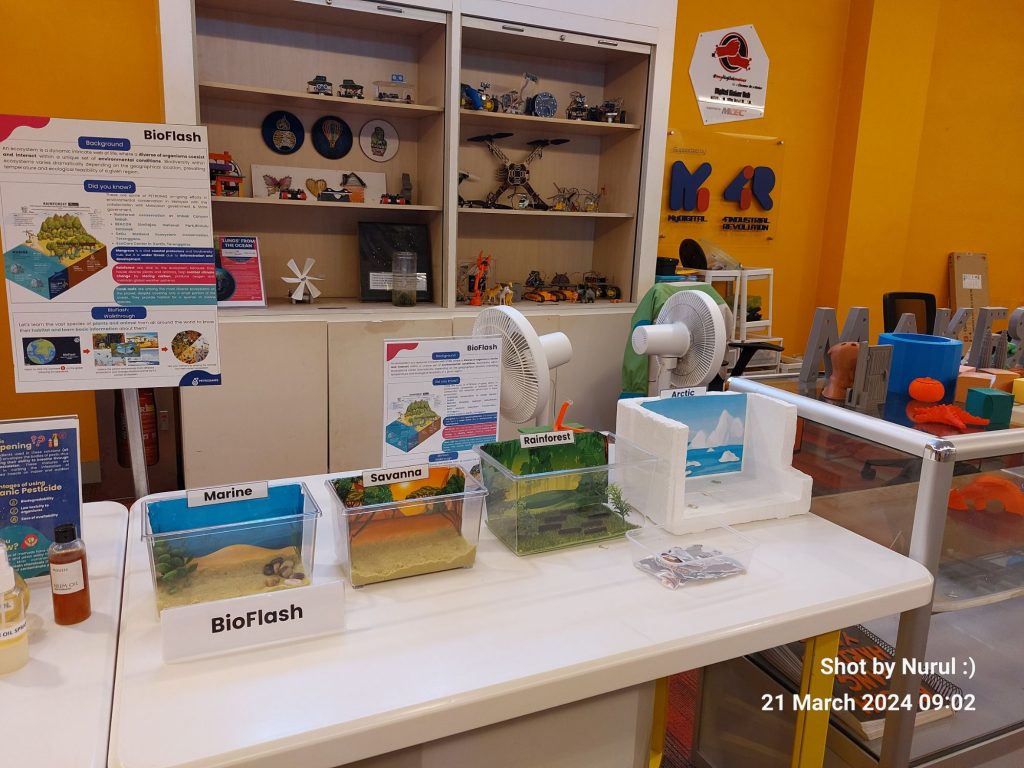
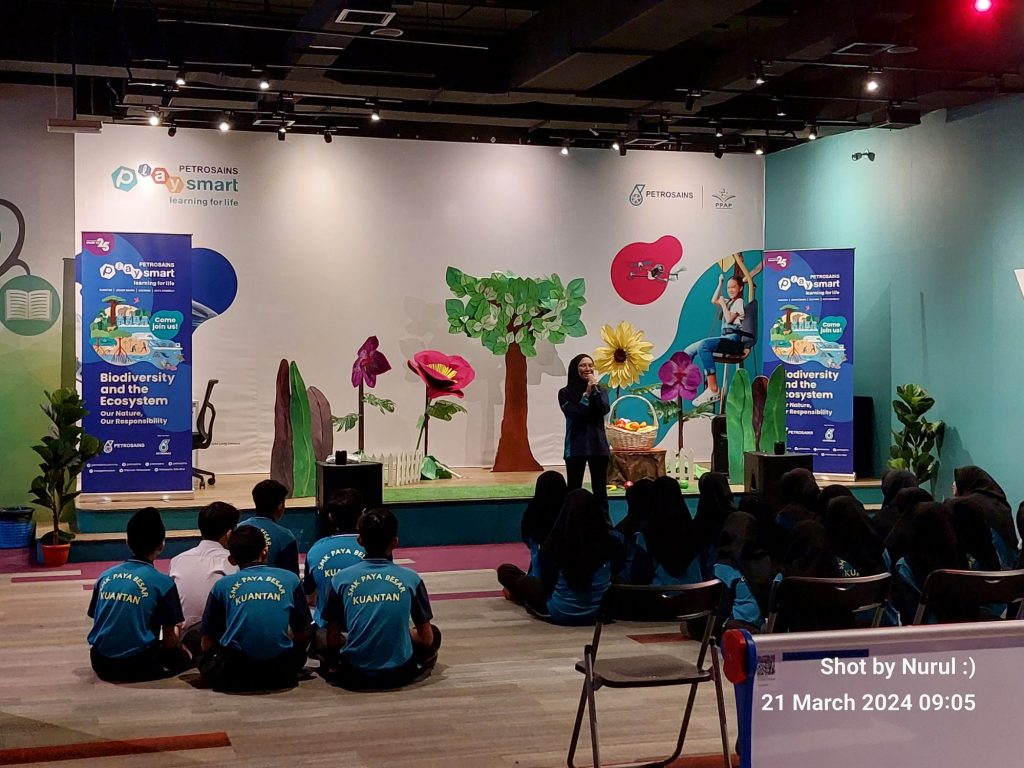
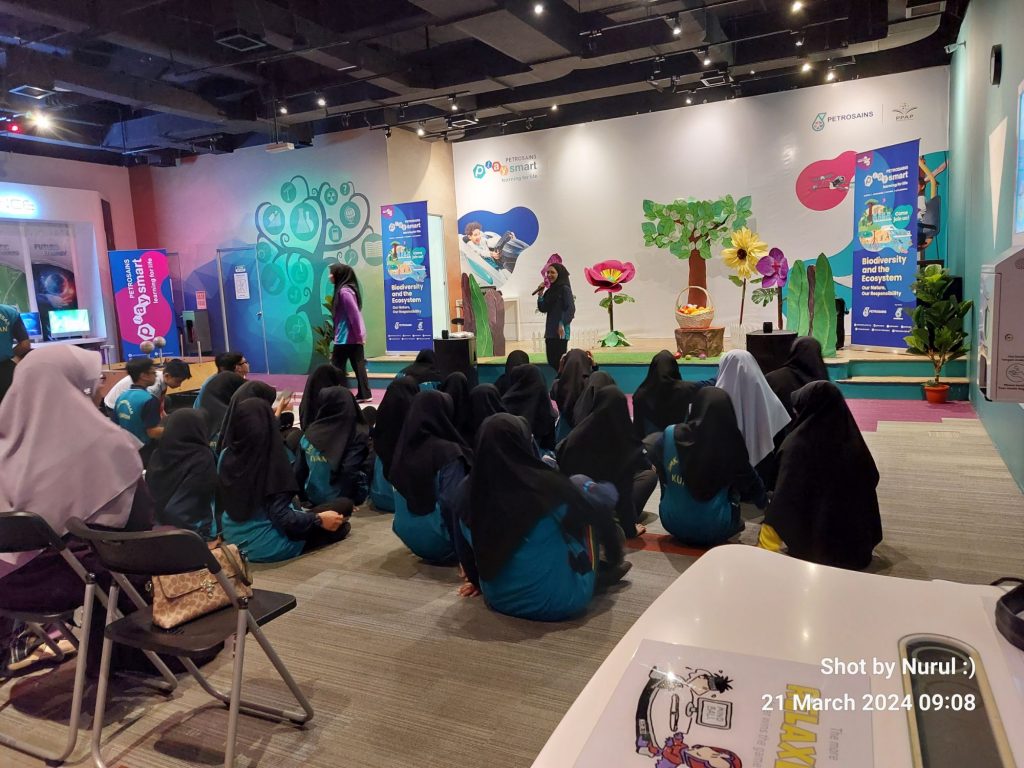
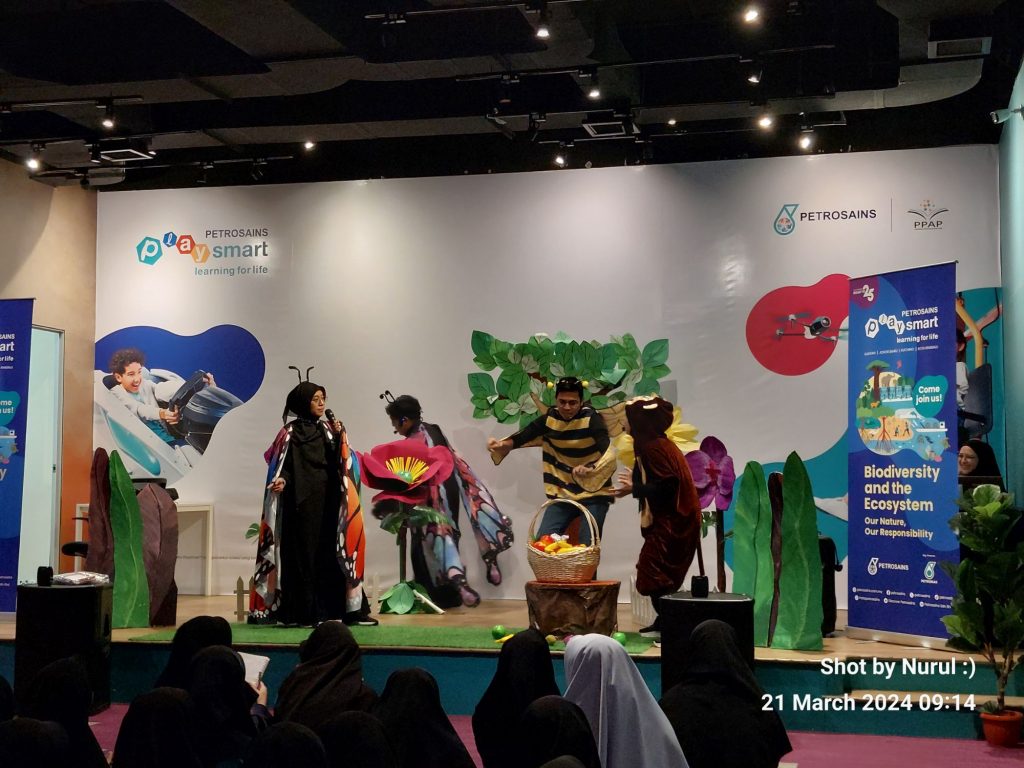
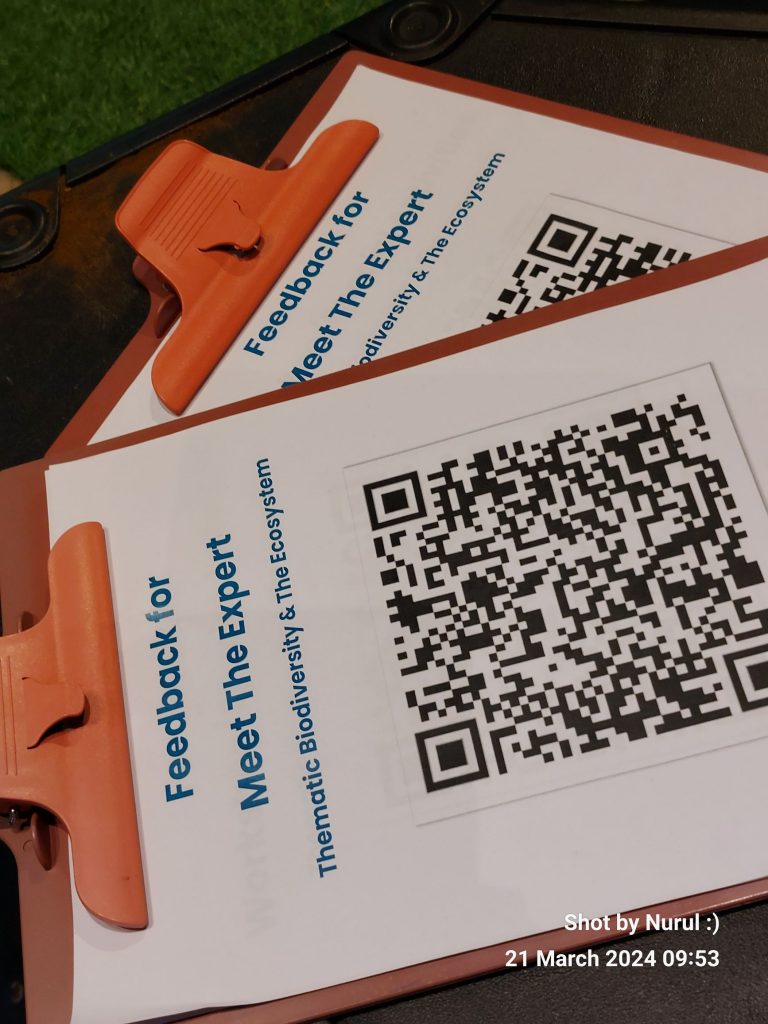
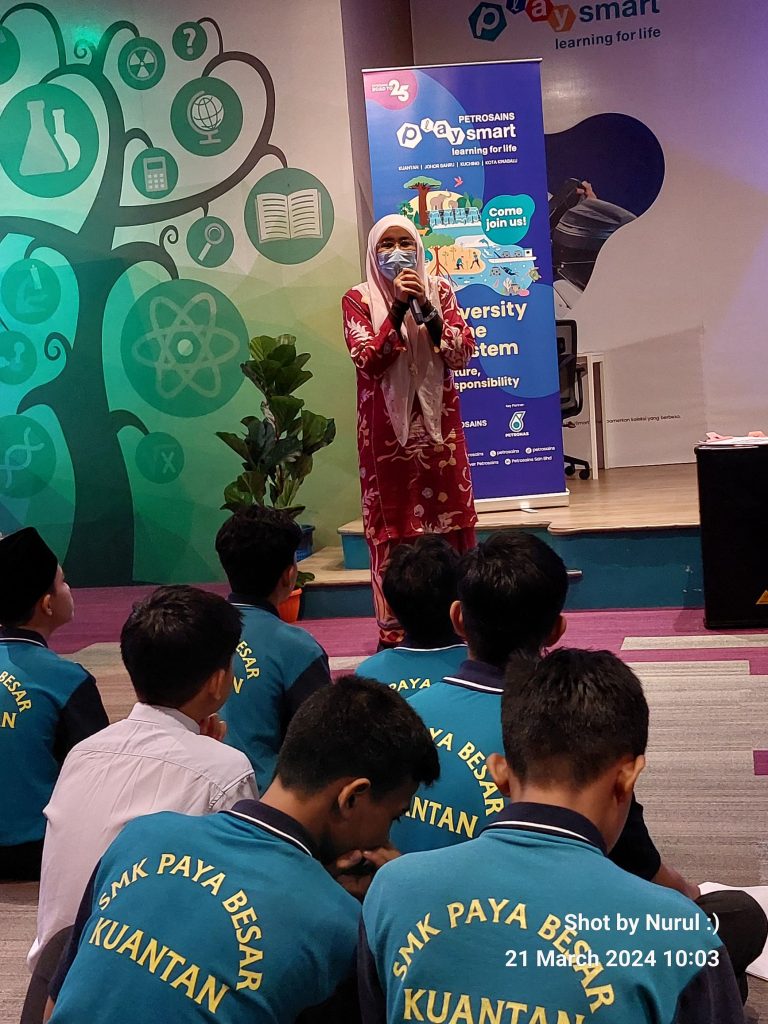
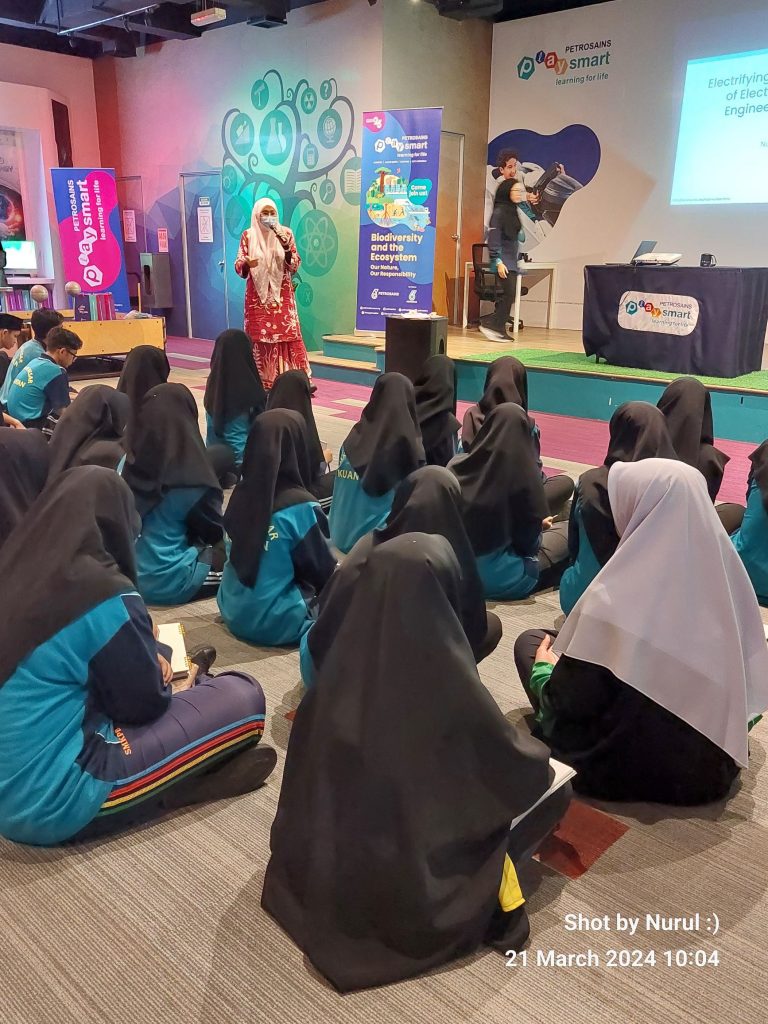

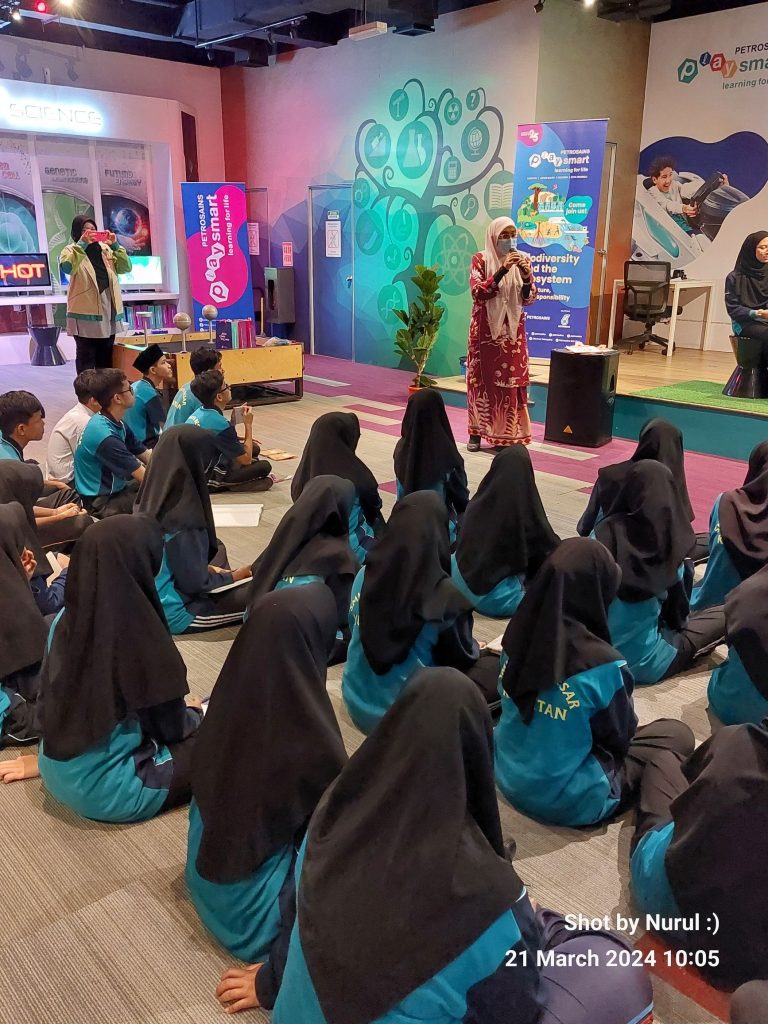
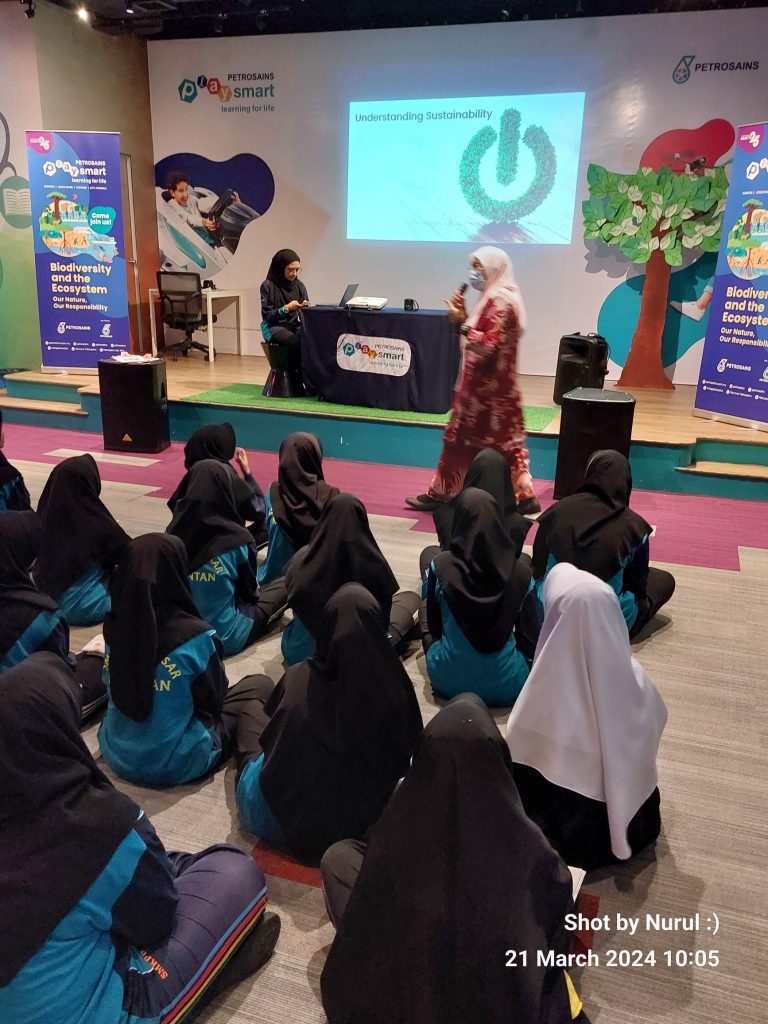
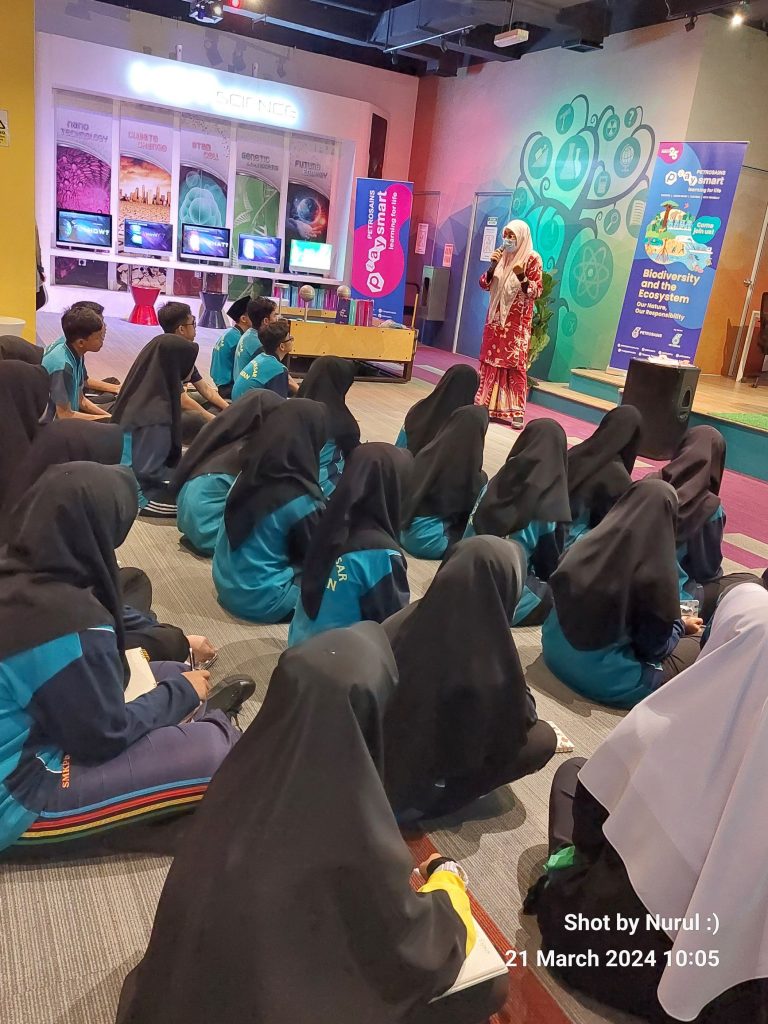

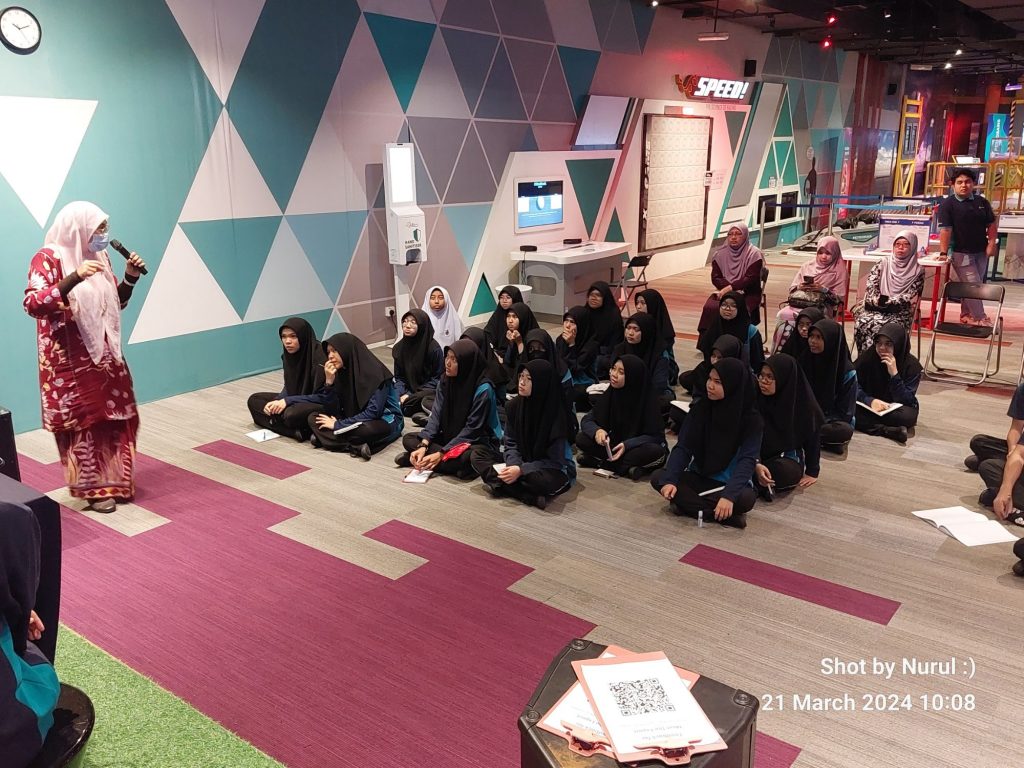
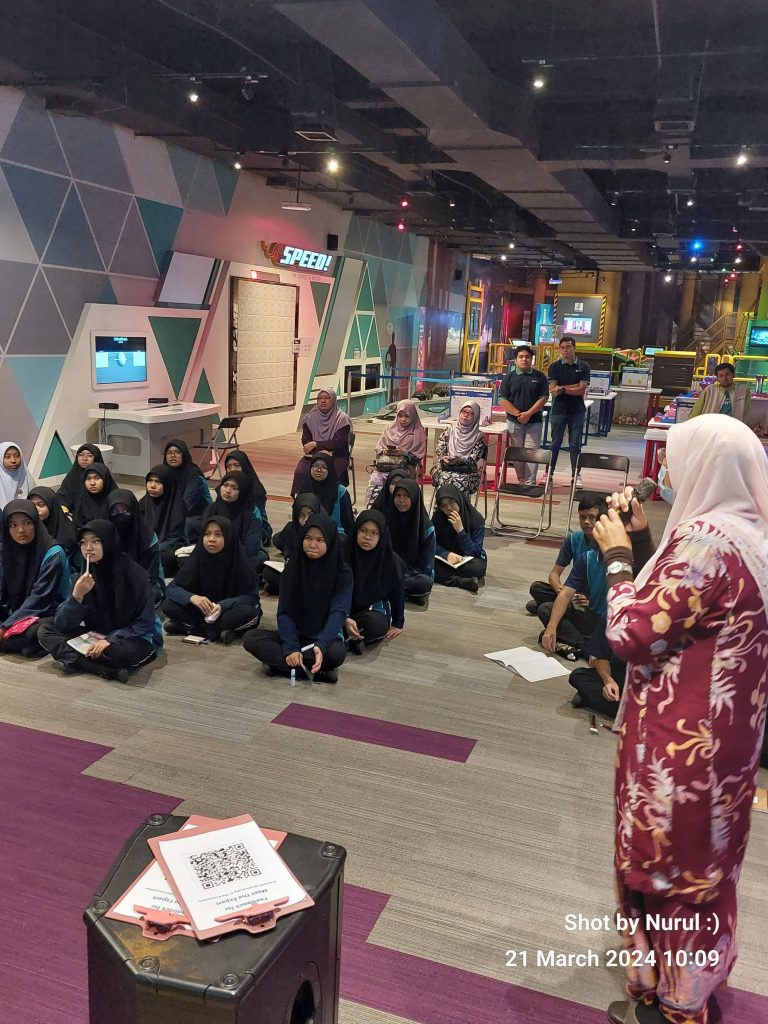
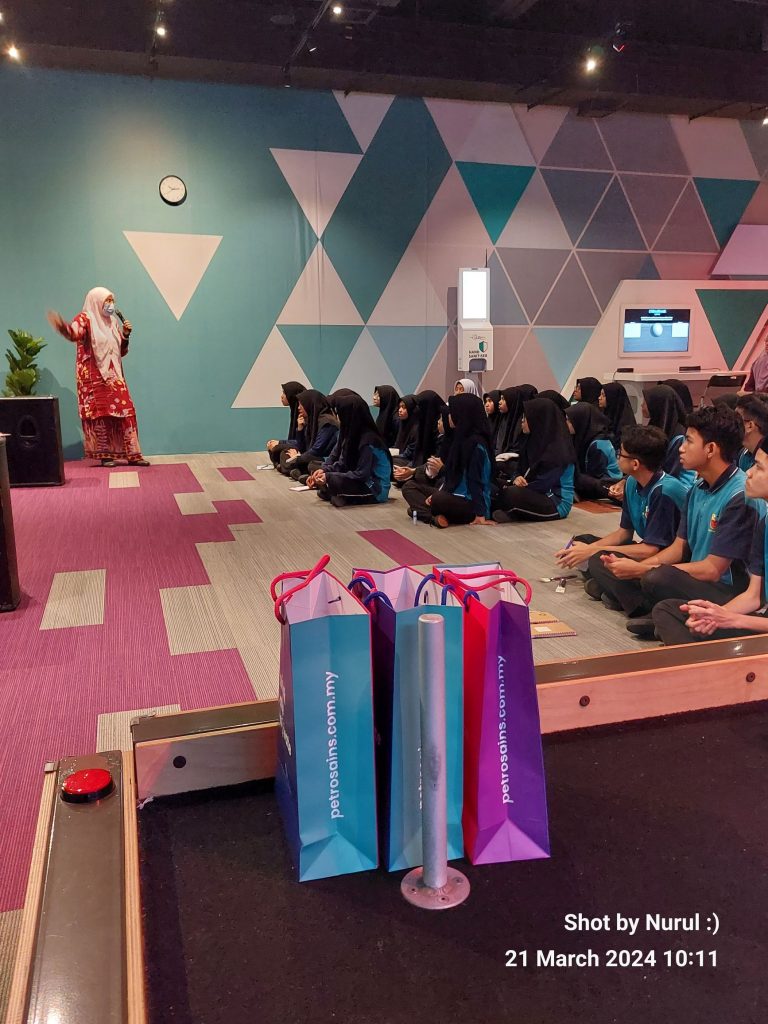
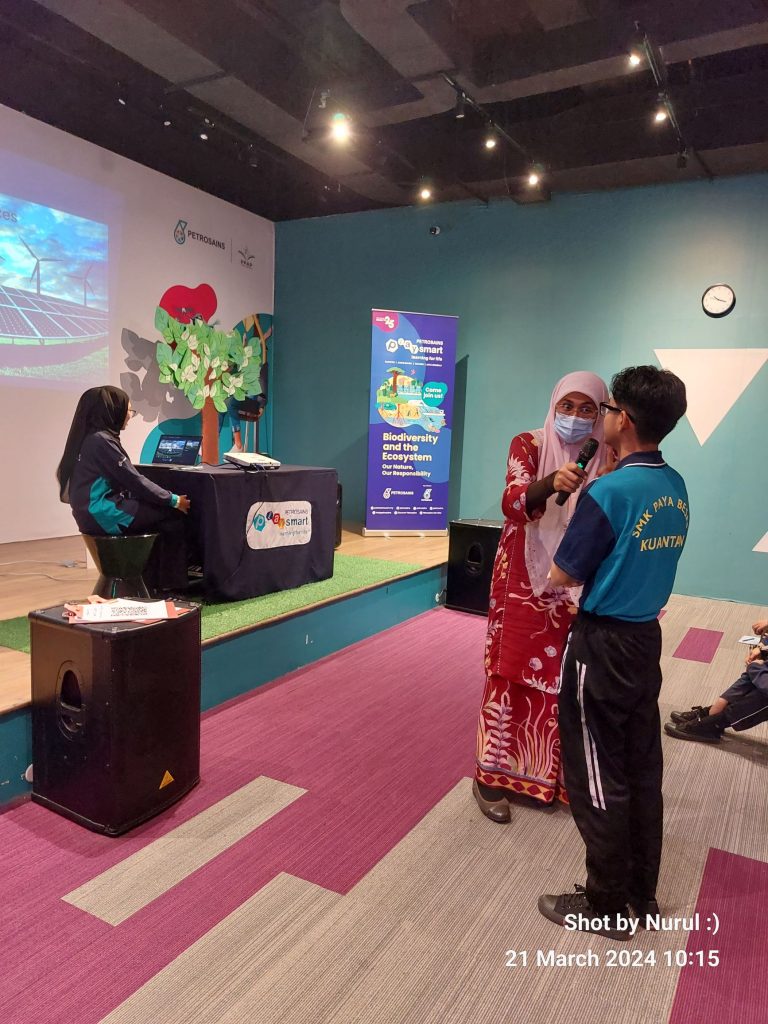


SDP 2024 – Project Management Briefing
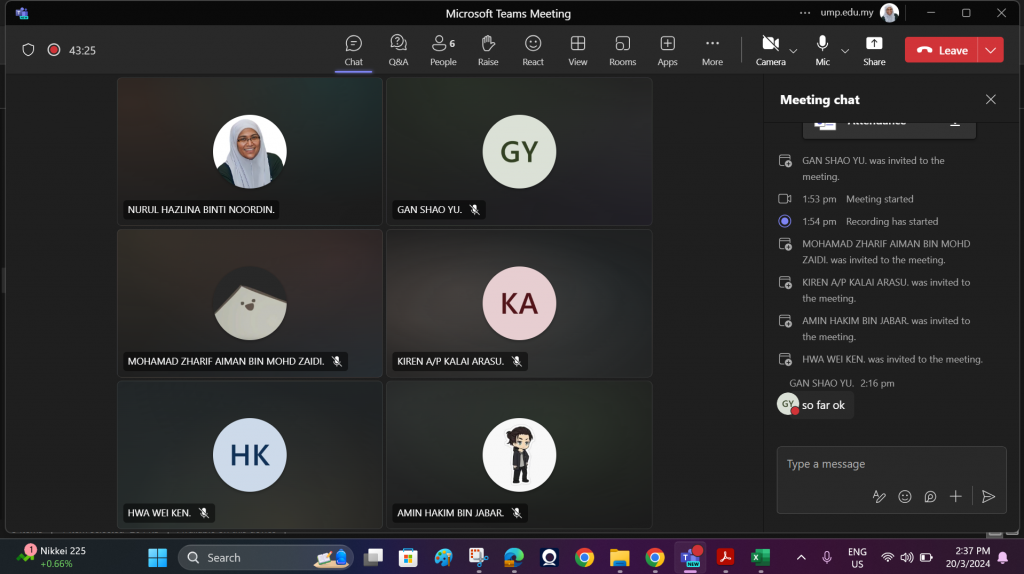
This semester, I’m having a team of 10 final year project students (DRE, BTS, BEL). It is both exciting and full of anticipation for the journey that lies ahead. This cycle, students have the opportunity to work with projects related to the miniaturized 2 wheel robot – STEM Bot and the STEM Cube pico satellite.
Whether you find yourselves fine-tuning the algorithms of the STEM Bot or meticulously calibrating the components of the STEM Cube, your attention to detail and perseverance will be commendable. Each step you take, each obstacle you overcome, brings you closer to your goal of engineering excellence.
Let’s recap the key insights and strategies I shared in our briefing just now, aimed at guiding you toward excellence in your final year projects:
1. Vision and Planning
Refer to the list of reference articles given, plan ahead for a good start – with a clear vision, define your goals, scope, and objectives, and create a detailed plan to guide you through the project.
2. Embrace the Literature
Conduct a structured literature review to understand the current state of the field and identify opportunities for innovation.

3. Scholarly Article Review
Develop the skill of critically evaluating scholarly articles to enhance the integrity and impact of your own project.

4. Collaboration and Communication
Foster a culture of teamwork, effective communication, and constructive feedback to keep the project aligned and motivated.
5. Iterative Design Process:
Embrace the iterative nature of engineering by continuously designing, prototyping, testing, and refining your project.
6. Attention to Detail
Pay meticulous attention to detail in every aspect of your project to ensure precision and excellence in execution.
As you embark on your Senior Design Project journey, remember that success is not just about achieving the end goal but also about the lessons learned, the skills acquired, and the relationships forged along the way. Stay curious, stay resilient, and above all, never stop striving for excellence.